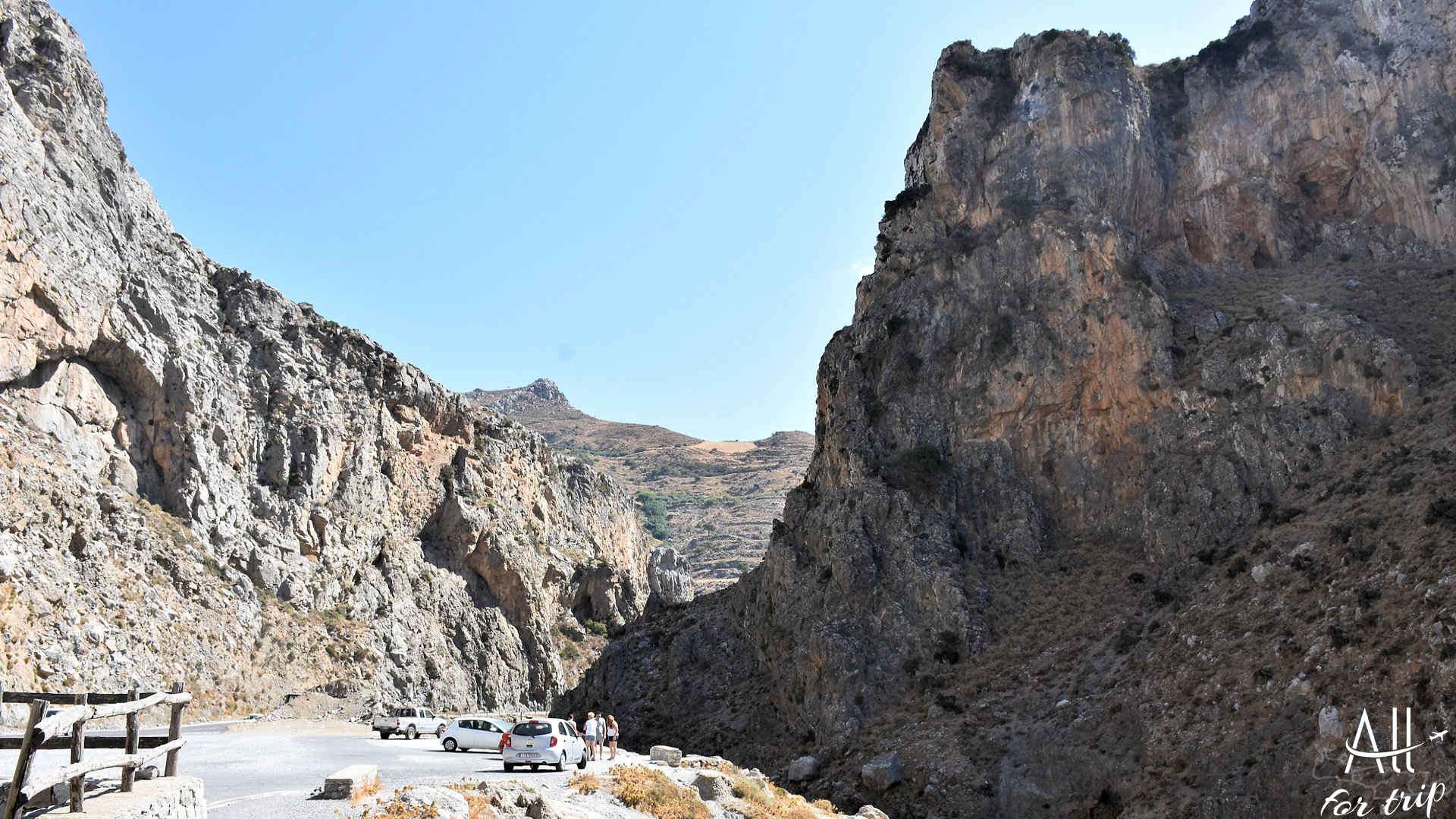
KOURTALIOTIS GORGE
KOURTALIOTIKO GORGE
In Crete, “kourtala” means clapping, because when the wind wanders between the high rock walls and caves of the gorge, we hear sounds similar to clapping. This is the unique sound of nature, and the name of the gorge is connected to this acoustic miracle.
The gorge was formed naturally along the Megalos Potamos River, a wildly romantic place, which is 25 kilometers from Rethymno, 80 kilometers from the old town of Chania and only 8.4 kilometers from the southern coast, the Libyan Sea.
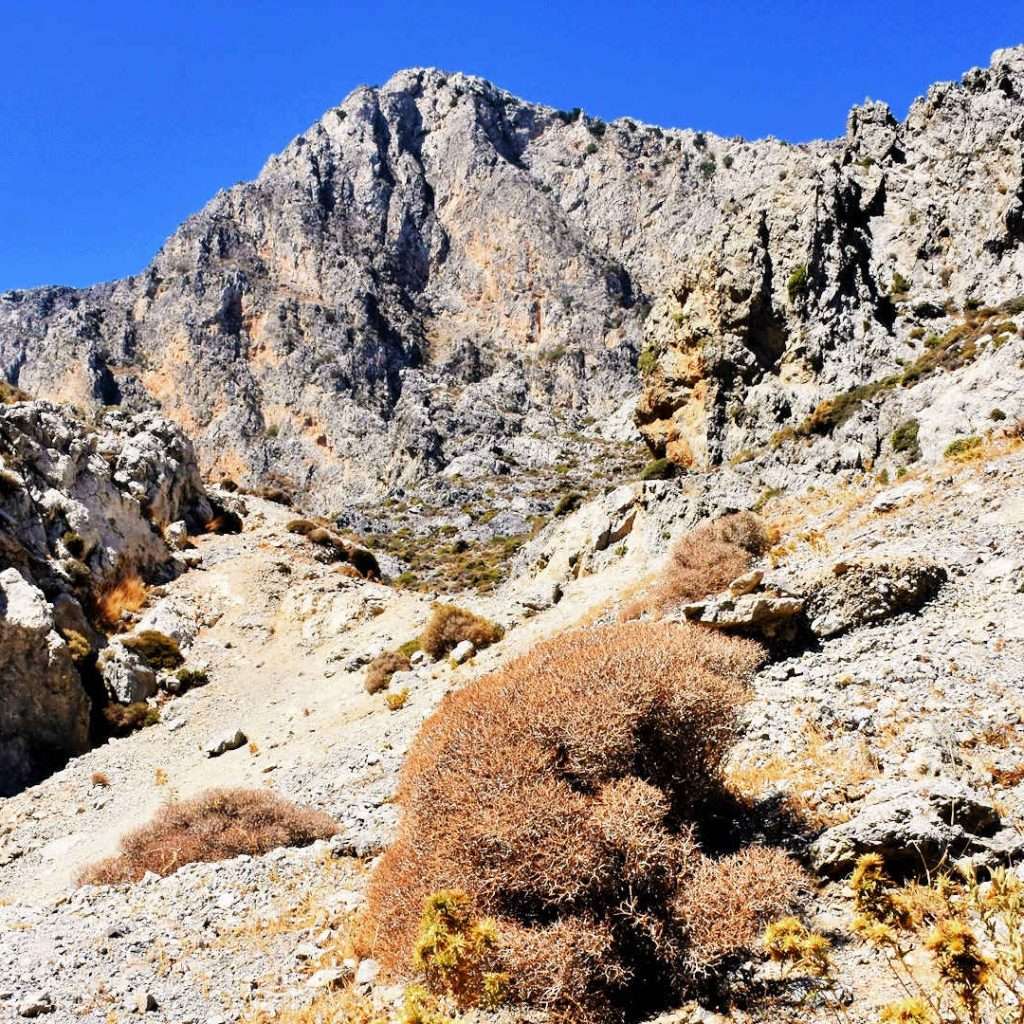
West Crete is the narrowest in this part: Rethymno and Preveli, the north and south coasts are only 34.1 kilometers, because the road via the gorge is winding. In the air, the distance is much less.
The length of the gorge: 7 kilometers, which in some places is protected by walls 600 meters high.
The entire gorge is known as Kourtaliotiko Gorge, but its middle part is Kisanno gorge, in Greek: Kisanno faraggi, and its last quarter is Preveli gorge, in Greek: Preveli faraggi.
The gorge ends at the settlement of Preveli on the coast of the Libyan Sea, where the river of the gorge empties into the sea.
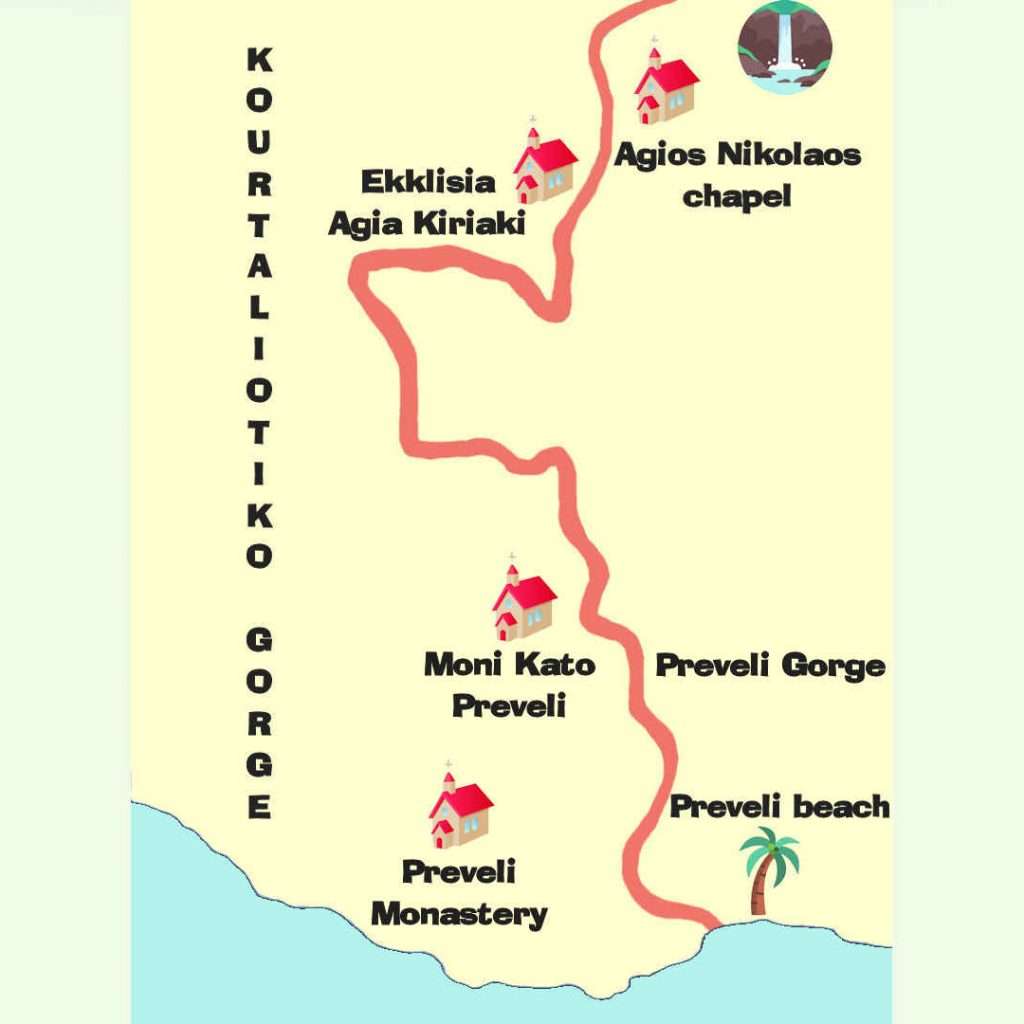
THE FIRST PARKING SPACE: VIEW AND ATTRACTIONS ACCESSIBLE FROM HERE
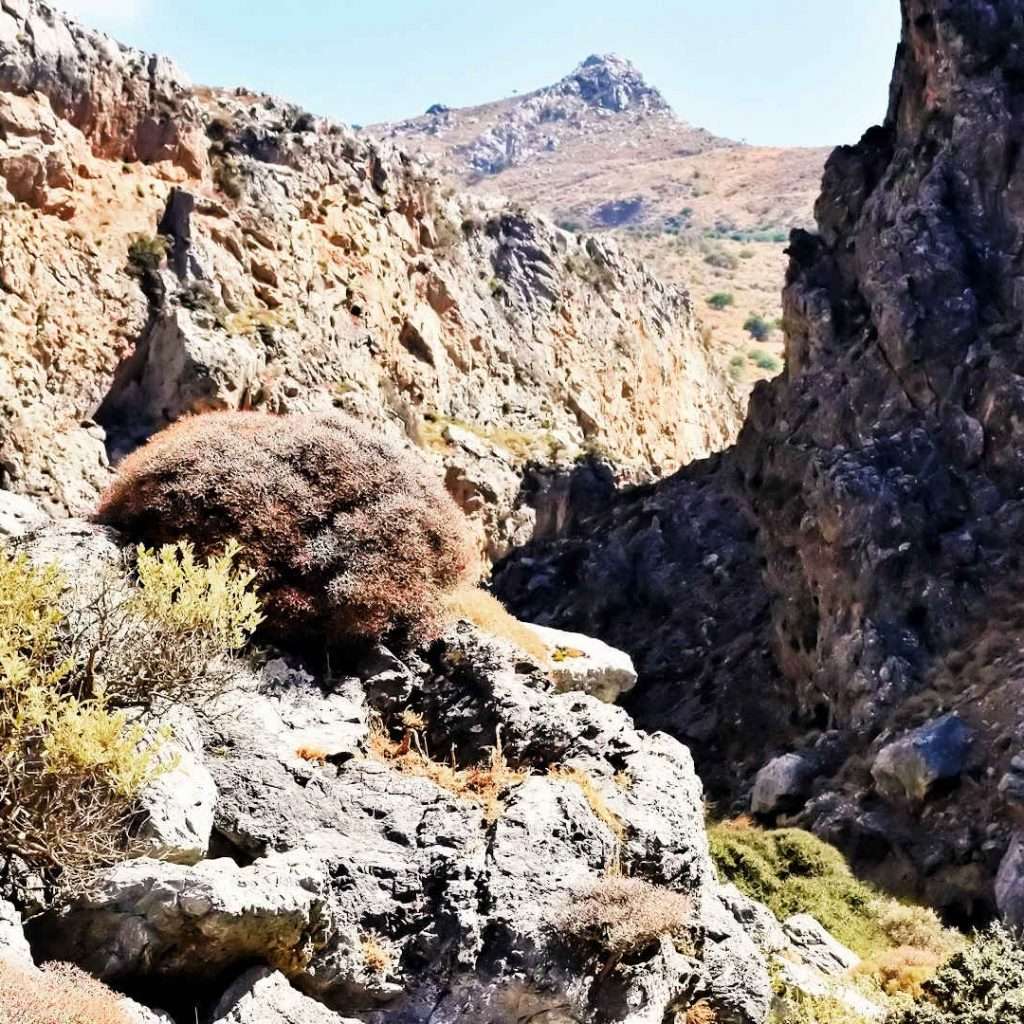
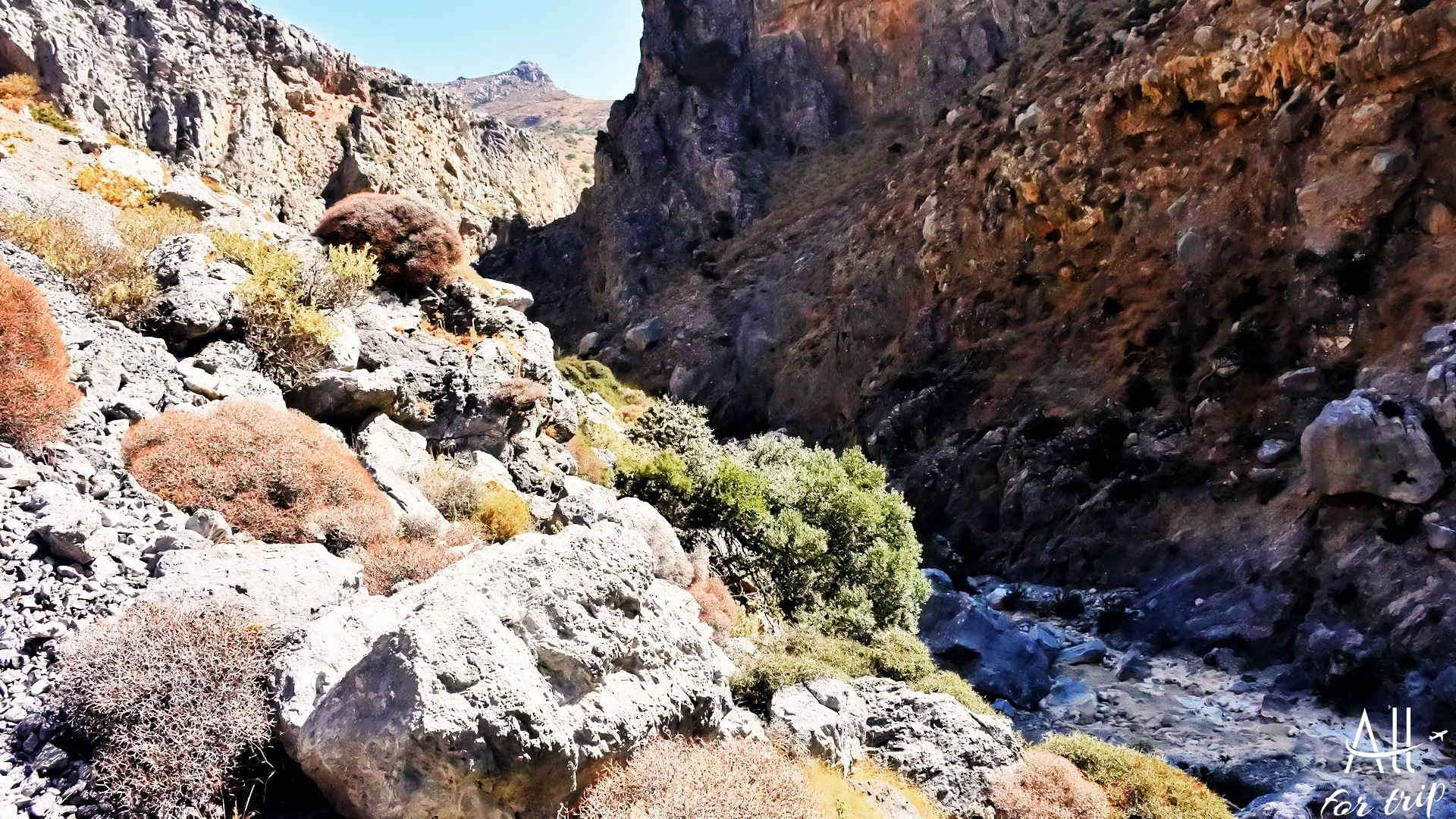
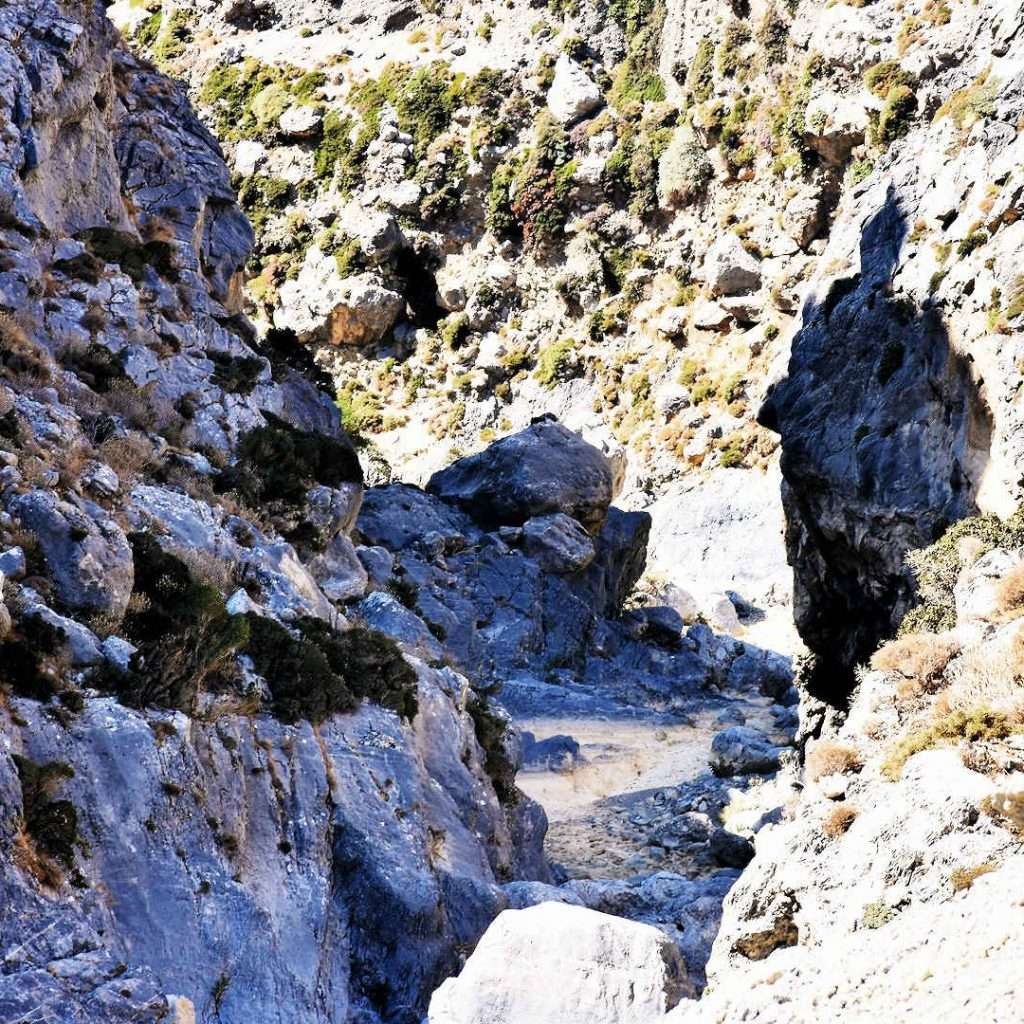
The most interesting and most visited place in the gorge is the Kourtaliotiko Waterfall, which dazzles us, with its 40 m high waterfall walls: only a few meters is the Agios Nikolaos chapel, which was built in honor of the protector of the place. MORE ABOUT THE WATERFALL HERE!
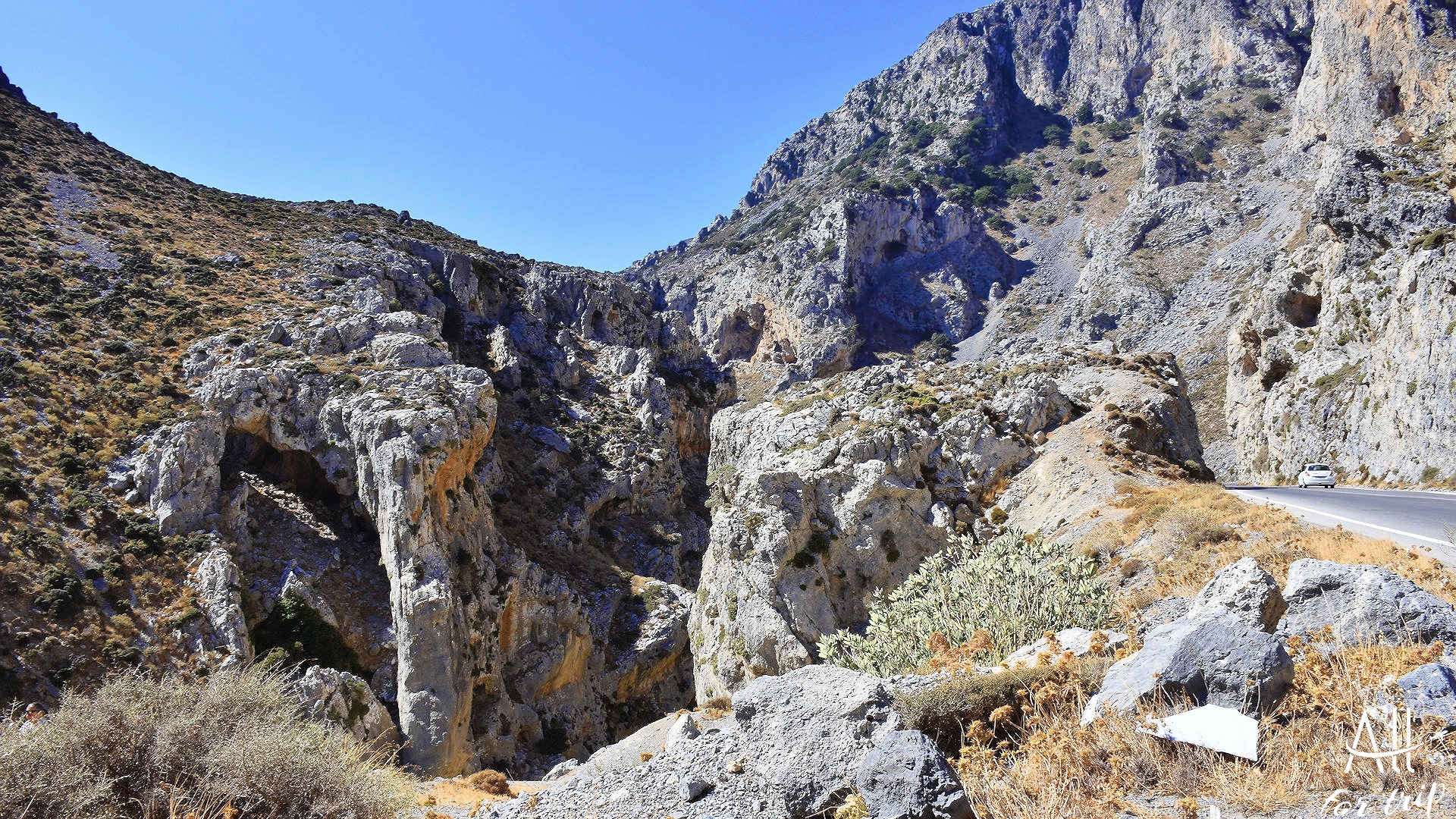
At the end of the Pliocene geological age (5.333 – 2.58 million years ago) or at the beginning of the Pleistocene geological age (from 2.58 million years ago – to 11700 BC), the island of Crete rose again from the Mediterranean Sea:
The formation of the gorges of Crete began in this period.
Carbonate rocks, i.e. limestone and marble, are the basic material of the gorges: the gorge was formed in these rocks as a result of erosion caused by water.
From the Lefka Ori – White Mountains precipitation, which comes from snowmelt and rain: the resulting erosion further shaped the characteristic shape of the gorge.
The river in the gorge carved channels, and over the millennia the force of the water carved out the gorge: ground up a huge amount of rock, and carried it into the Sea. The river continuously eroded the limestone and dolomite, thus forming the high rock walls, which we can see.
4000 years ago – the Minoans already used the gorge as a fortress in ancient times. The gorge was the natural protection provided by the Gods for them: the fortress, in whose caves they lived, and where they could feel safe
– the isthmus and its surroundings were inhabited in the Bronze Age, i.e. already in the Minoan period
– the most significant archaeological site: the village of Kourtaliotiko, which is now an abandoned settlement
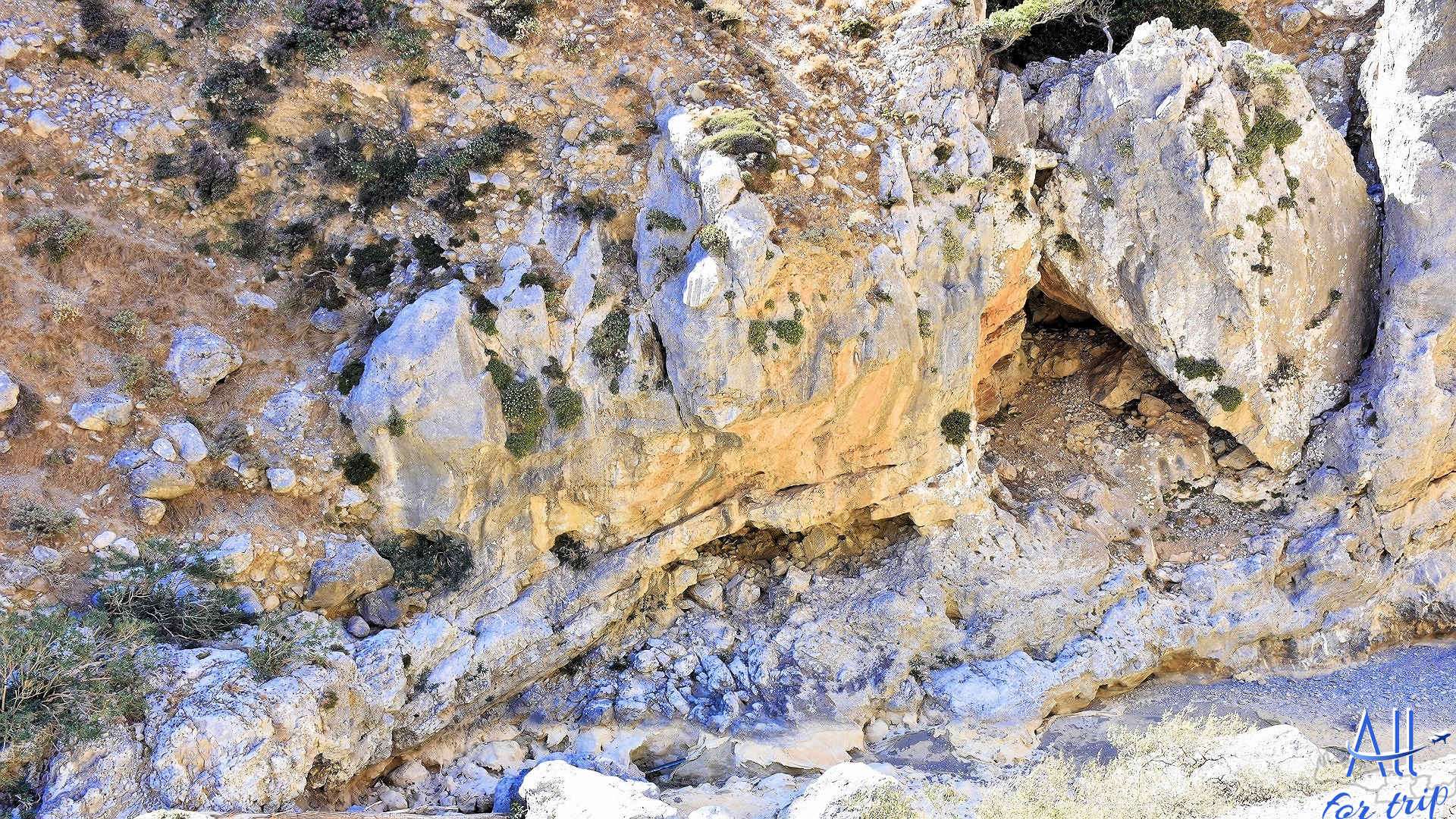
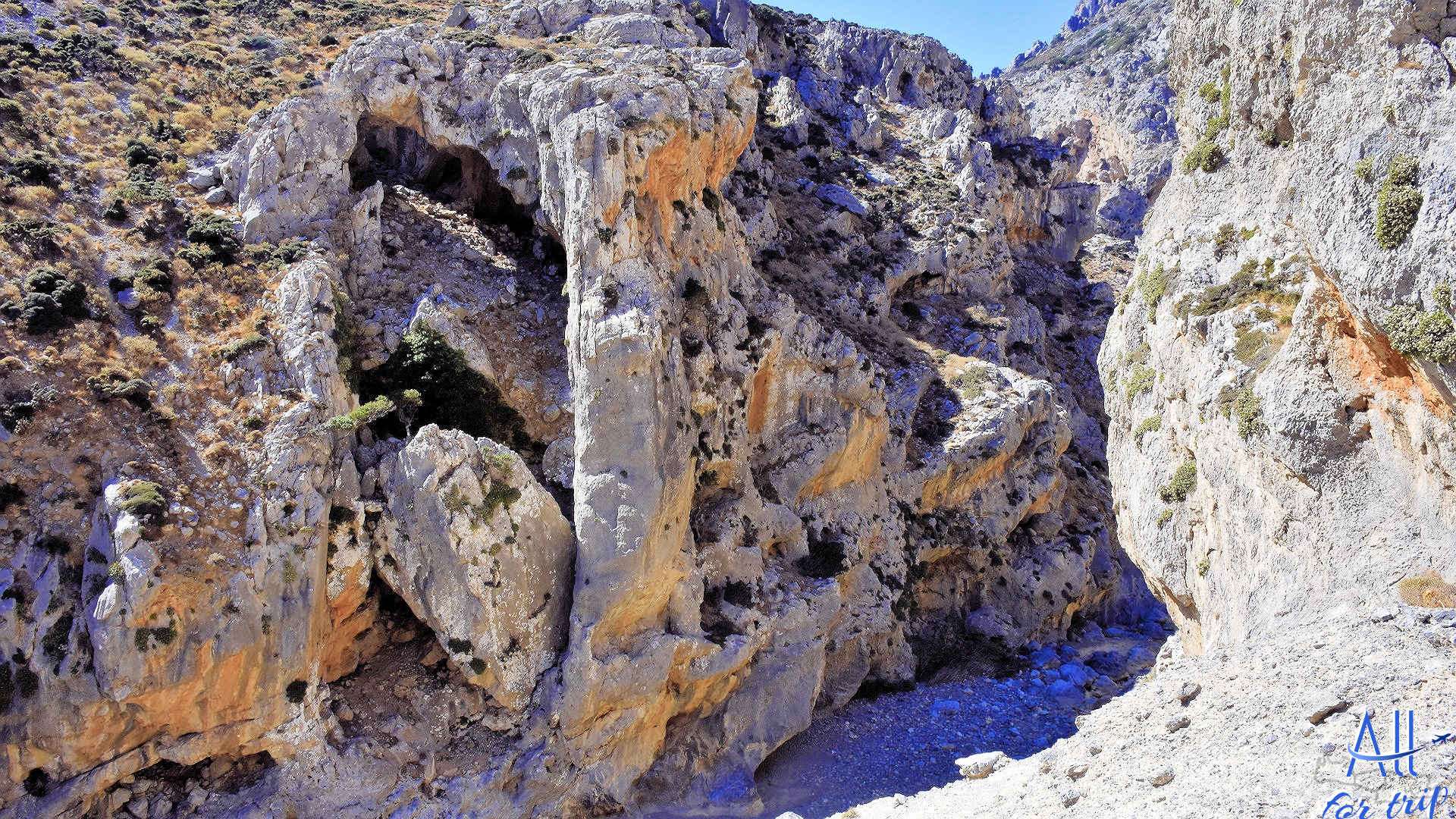
– the ancient historical monuments include: the Roman-era aqueduct, which was used for irrigation in agriculture
– the ancient potsherds and tools found by archaeologists in several places in the strait allow us to infer the life of the Cretans
5th century – 17th century – The Kourtaliotiko Strait served as a route for transporting goods in the Middle Ages: from Plakias, from South Crete, from the coast of the Libyan Sea, via the settlement of Koxare to the North coast. This contributed significantly to the development of the region.
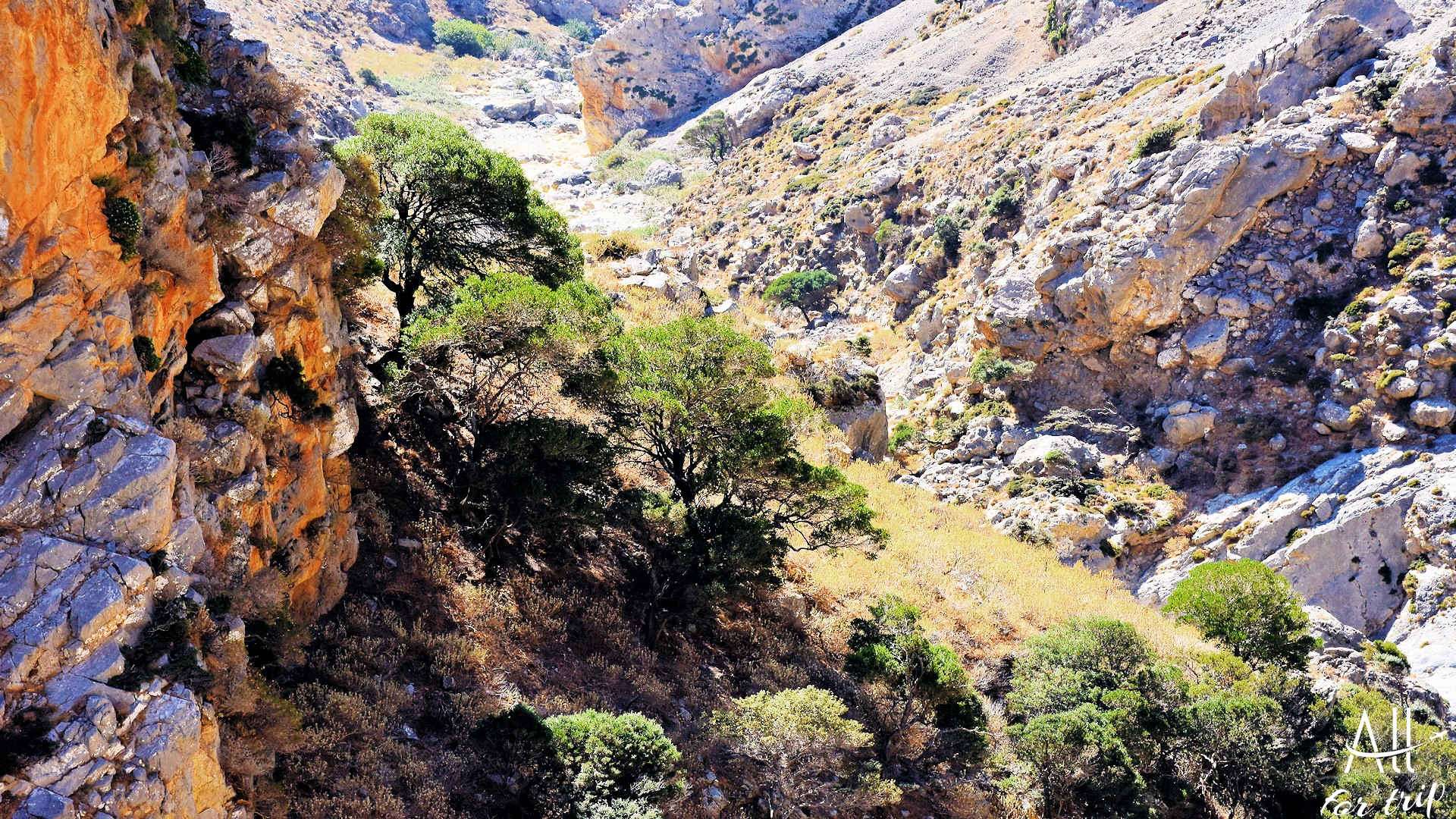
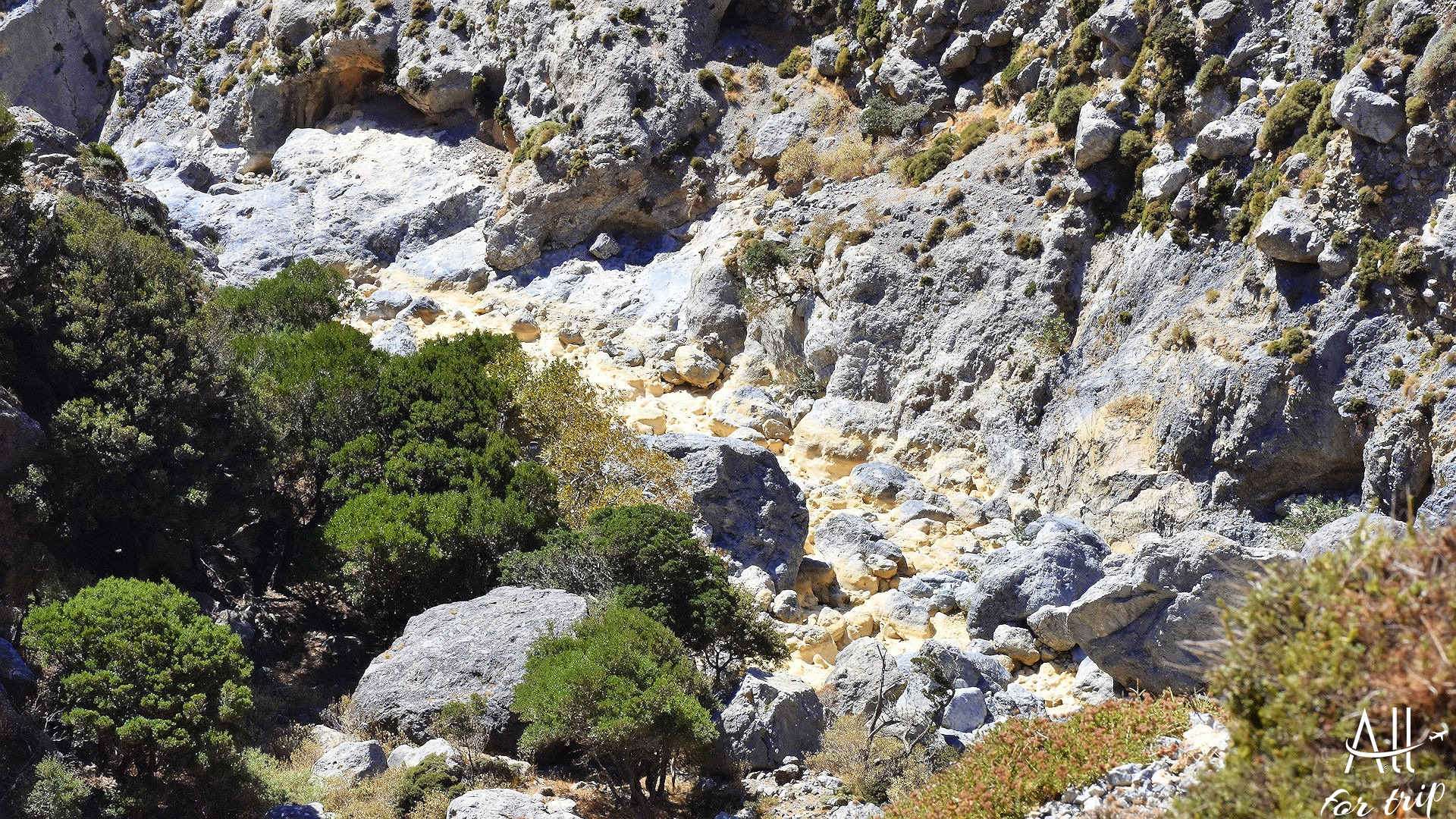
The ancient inhabitant of the gorge is the lammergeier vulture, also known as the bearded vulture – Gypaetus barbatus.
– the high walls of the gorge provide the vulture with a safe nesting opportunity
– he sails masterfully, takes advantage of rising air currents and propels himself in this way, which is why he is able to fly almost motionless for hours with a gliding flight
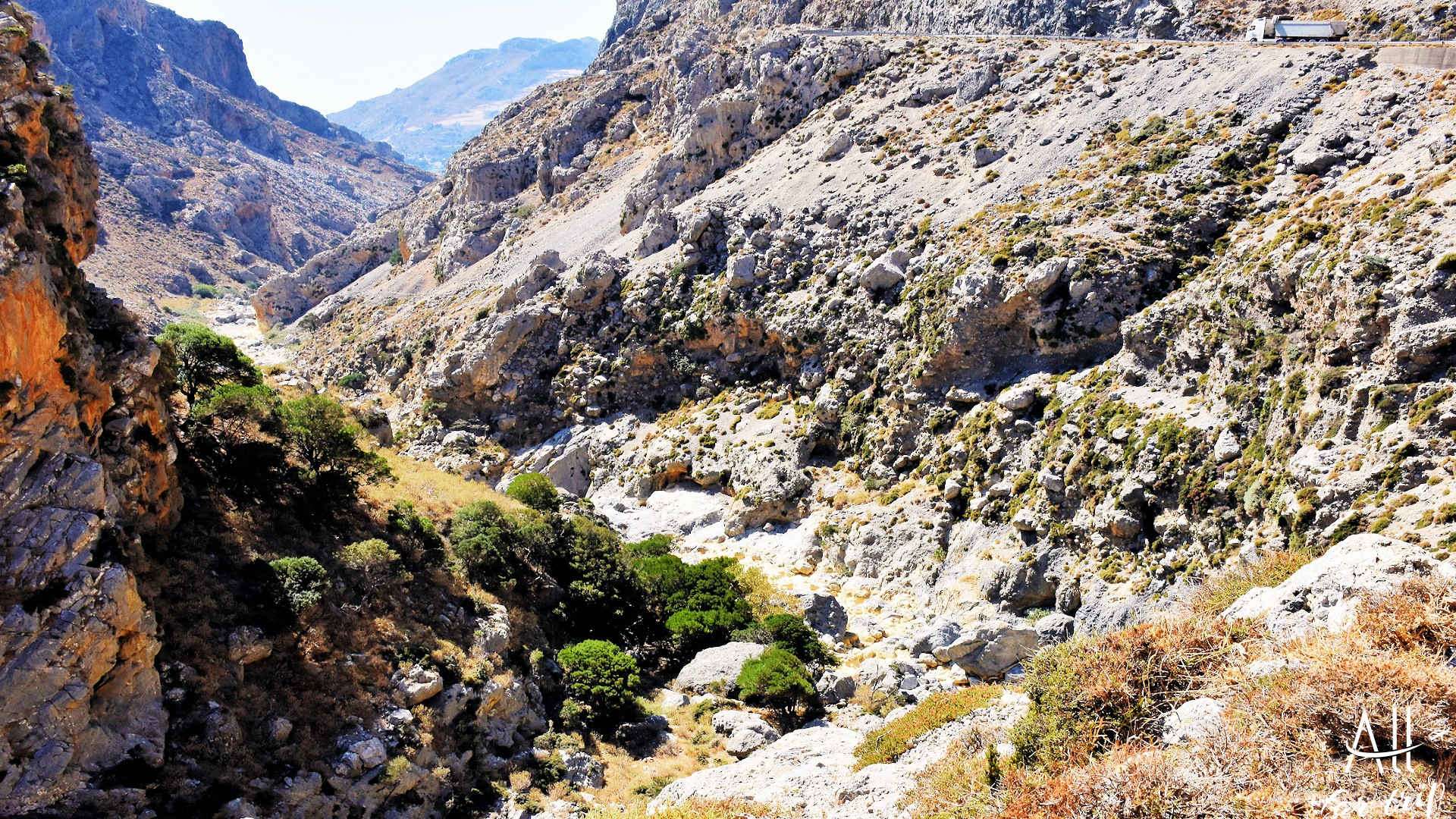
– length 94 – 125 centimetres
– wingspan can be 231 – 283 centimetres
– body weight 4.5 – 7.2 kg
– looks for its food from a great height: carrion, waste, larger bones. He breaks the bones, drops them on the rock from a height of up to 80 meters, so he gets to the marrow. For example: it destroys turtles in an analogous way before feeding on them.
The gorge is almost untouched:
– despite the fact, that the gorge provided the trade route between south and north: no villages were formed in the gorge
– since the gorge can only be walked on a few paths, this limits major improvements and interventions
– because the topography, high walls and geographical features of the gorge did not allow for larger constructions, apart from a few small churches
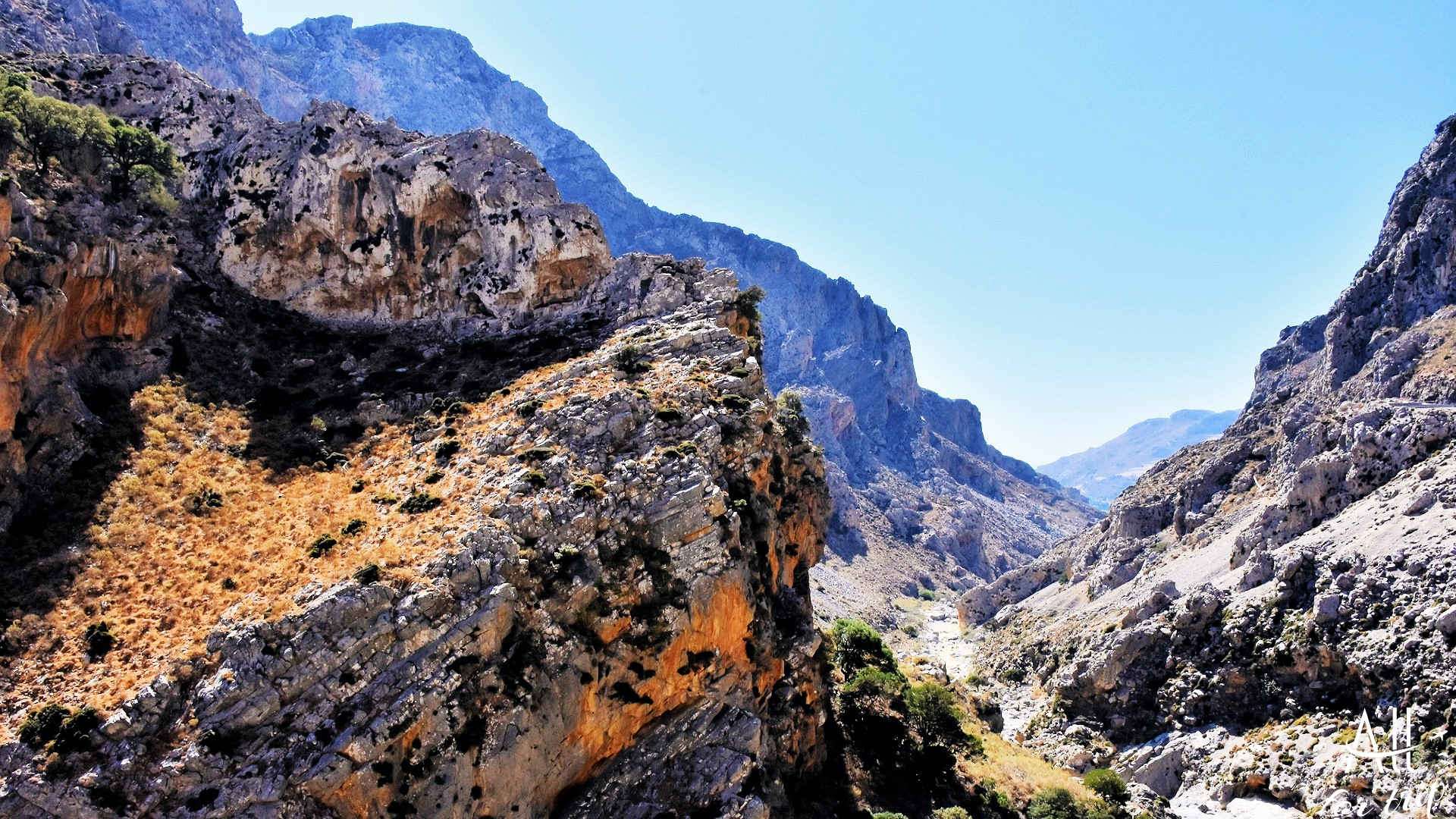
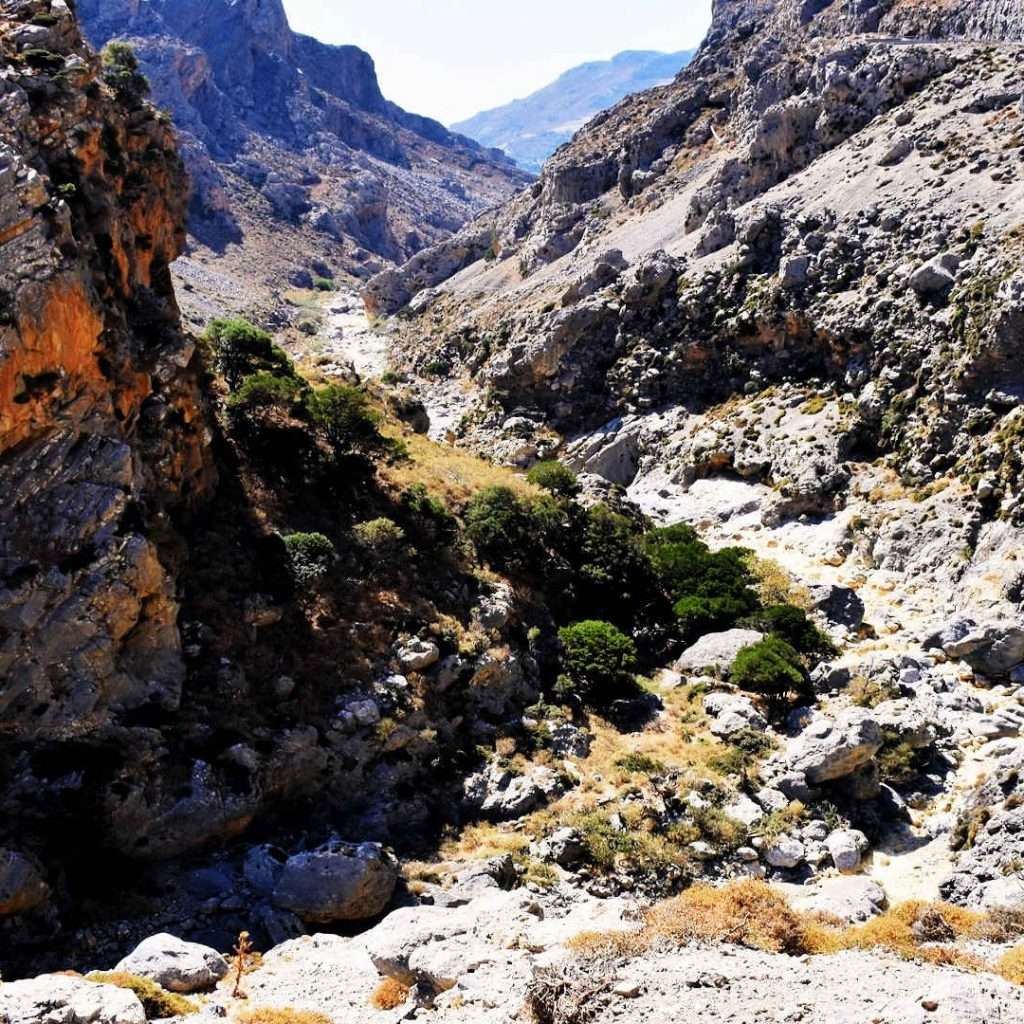
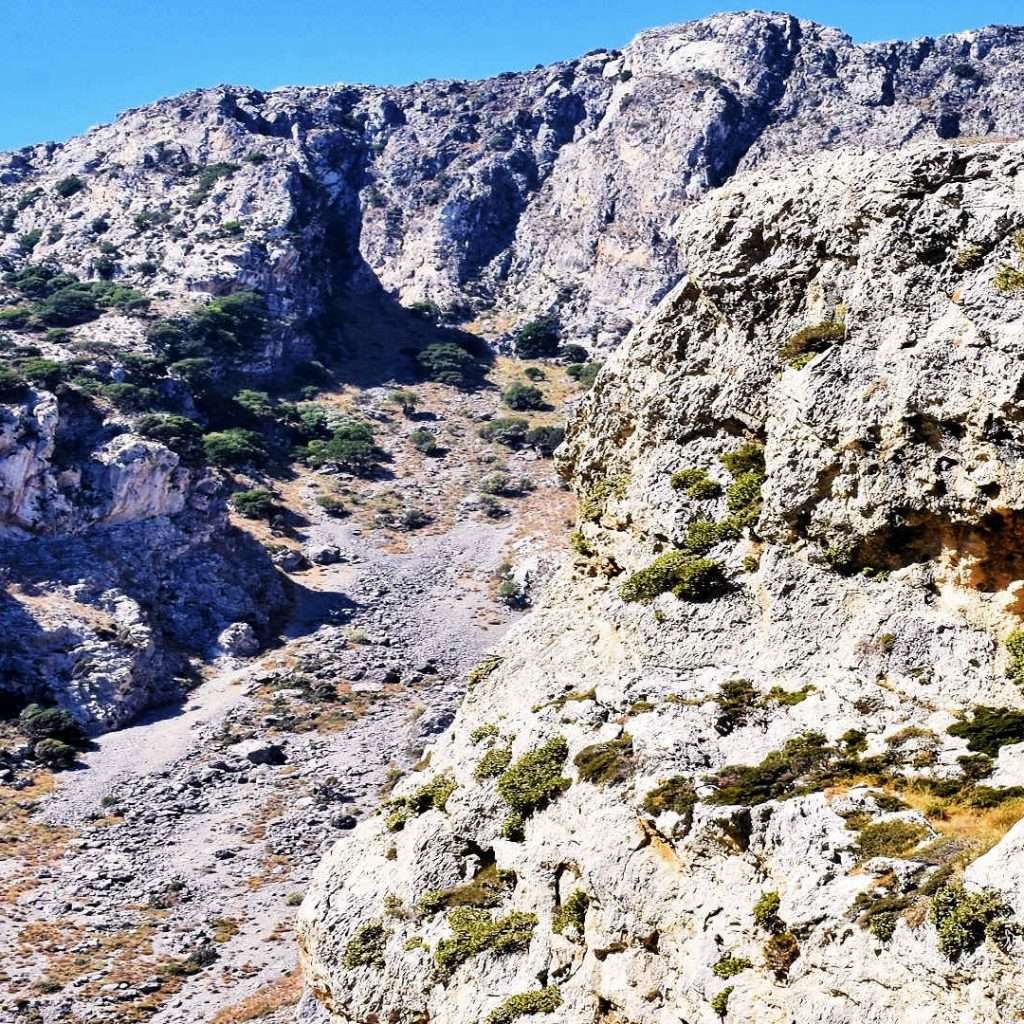
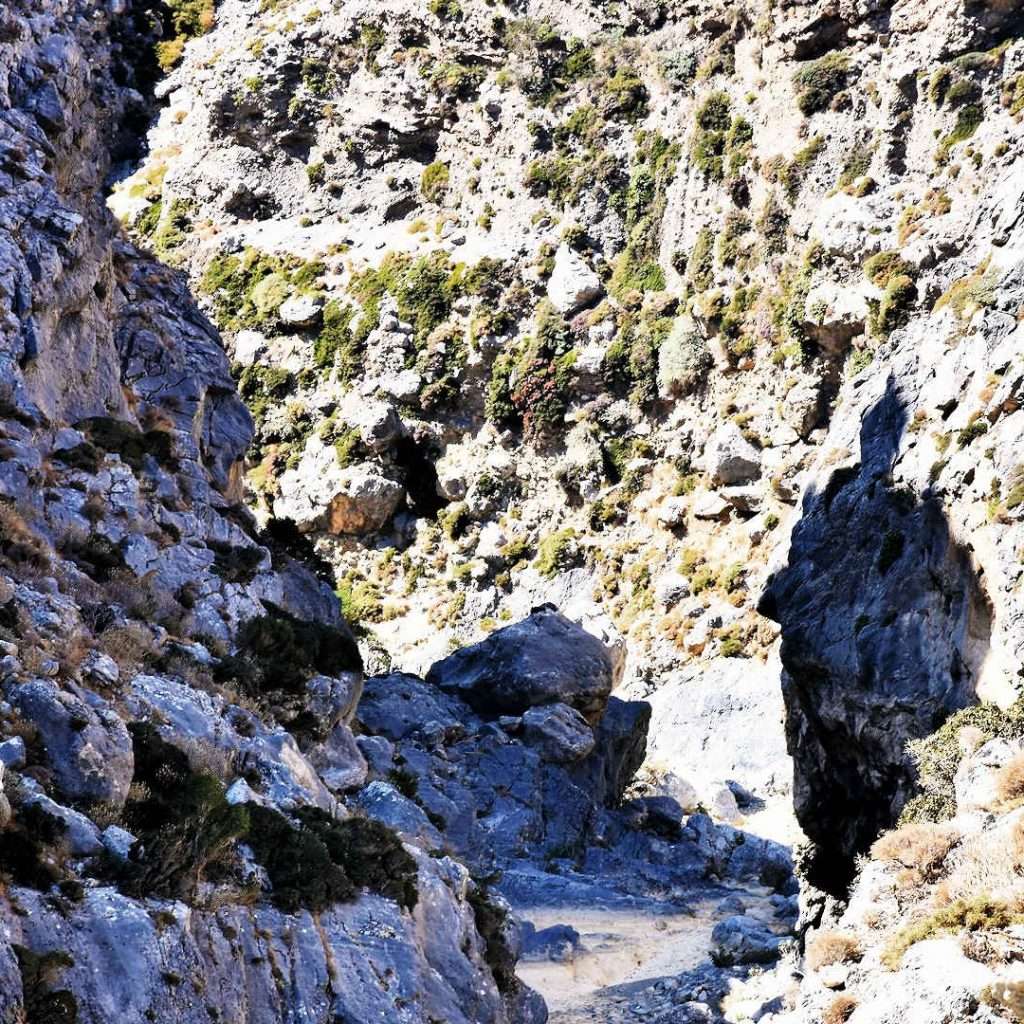
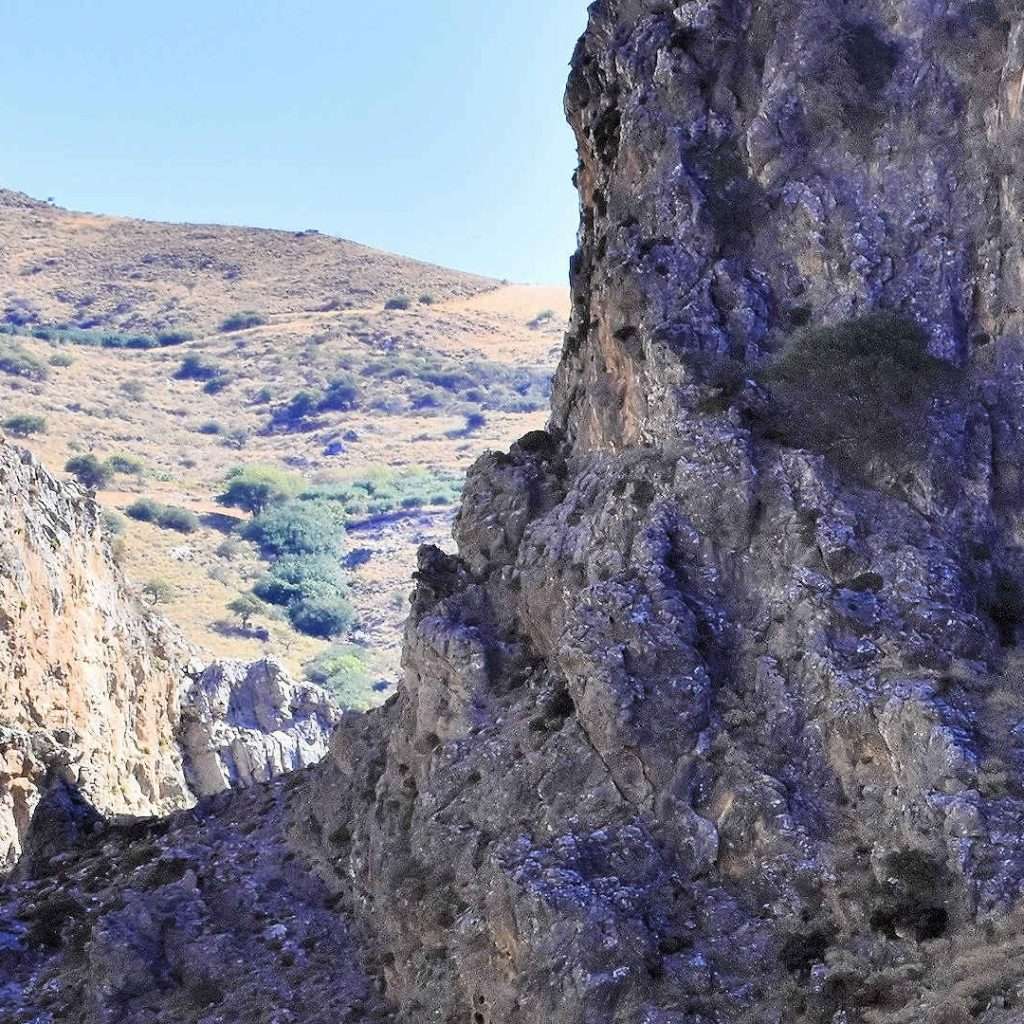
ATTENTION!
– the gorge is adventurous, exciting and tempting, but it also hides a lot of danger! – therefore hiking in the gorge is only recommended with a local guide.
– in spring, the gorge is slippery! – because the peaks of Lefka Ori above two thousand meters, mostly even in May, have snow that melts
– the best time for hiking is the end of May, the beginning of June, or the period starting from September, when it is not so hot anymore.
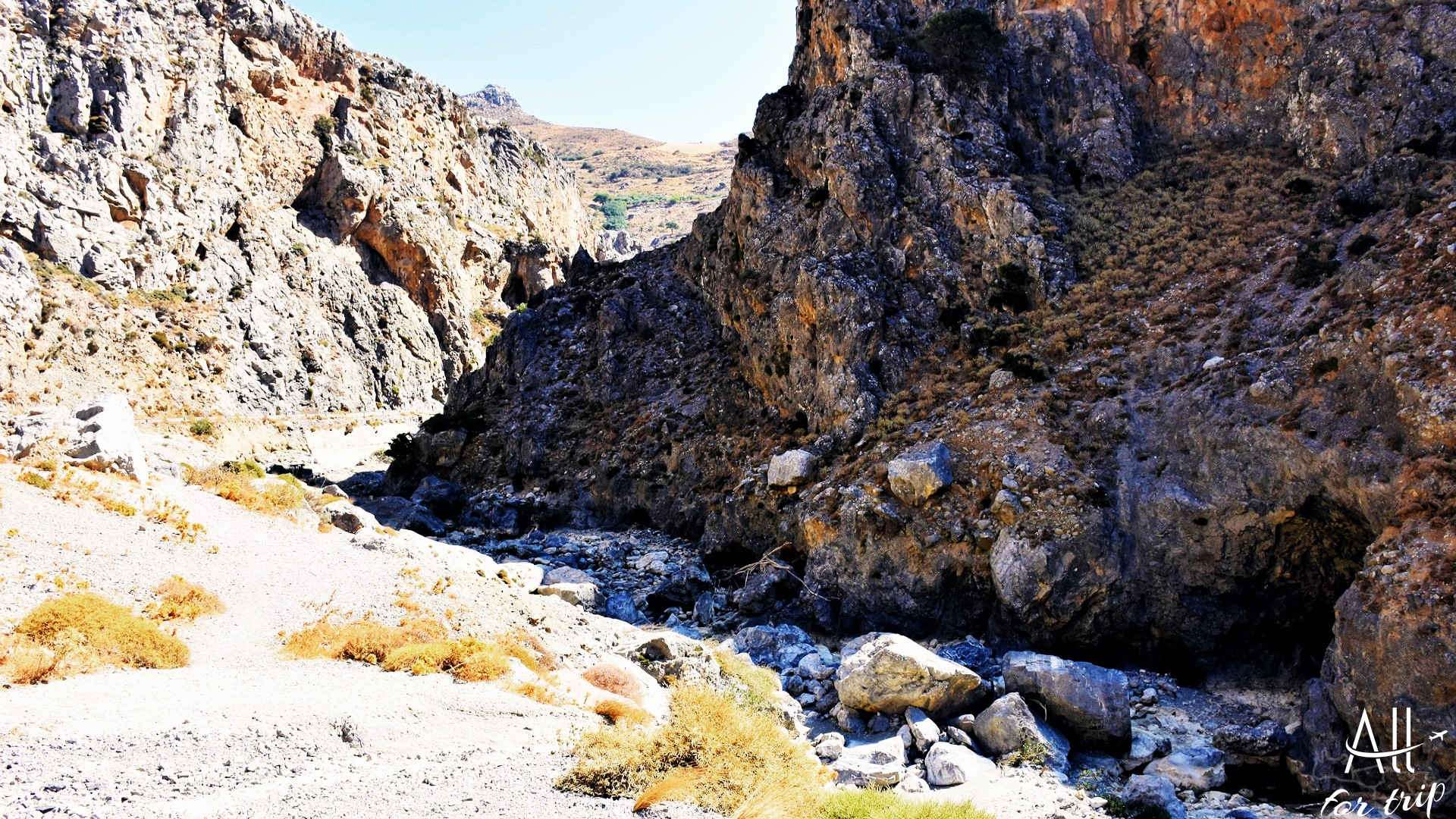
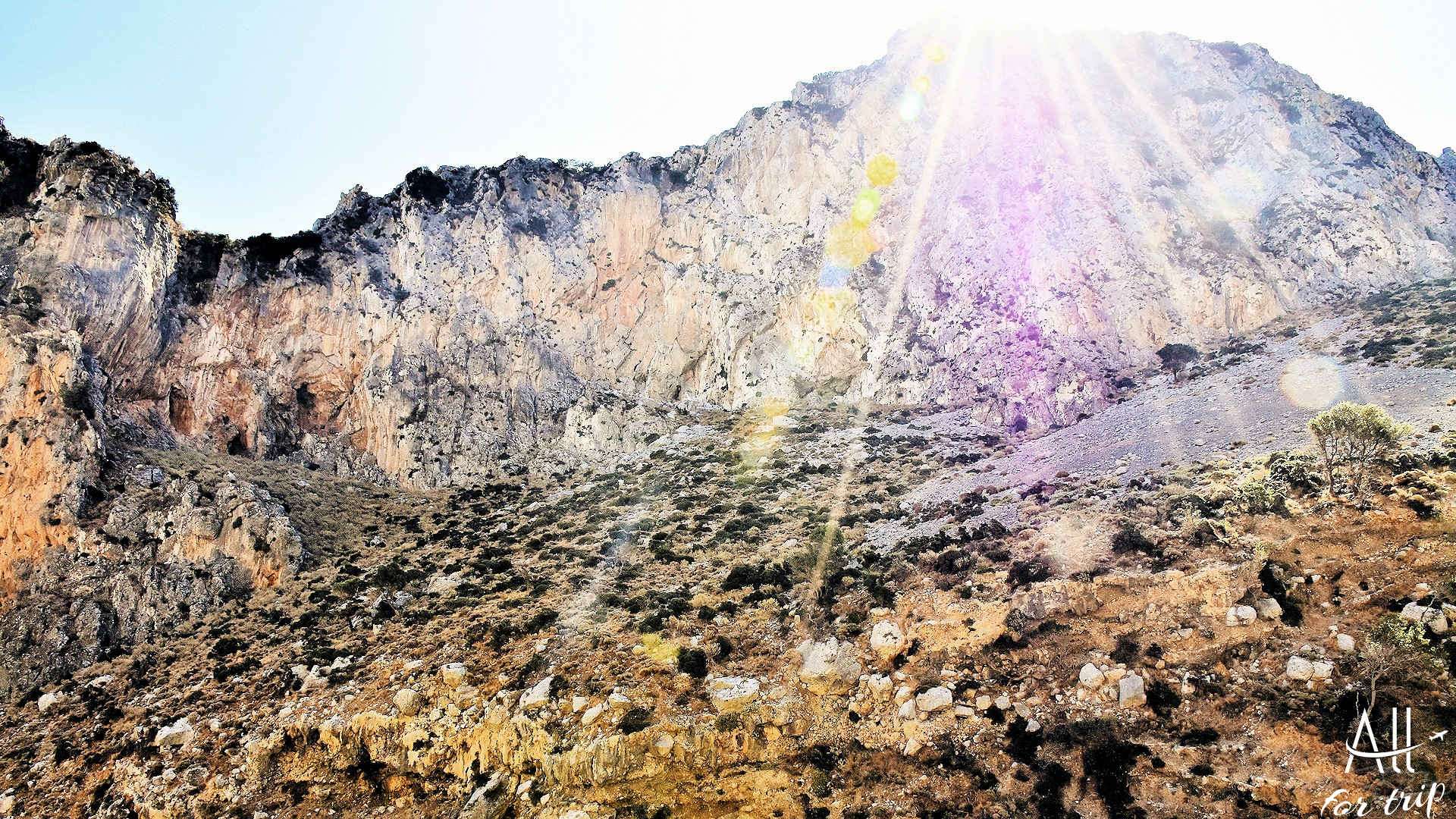
– In Western Crete, a cooler and rainy period begins after Christmas and lasts until the end of February. This is followed in the spring by precipitation caused by the melting snow in the mountains: the resulting erosion sometimes removes a path! – and sometimes causes collapses. Therefore, this period is particularly dangerous for hiking!
– suitable footwear is always necessary for hiking
– the hiking trail in the gorge is 7 kilometers, which takes 4-7 hours: so always take water or other liquids with You
– the tour requires good physical fitness
– the gorge is windy, so if You are sensitive to drafts and windy weather, it is recommended to wear a hat or cap
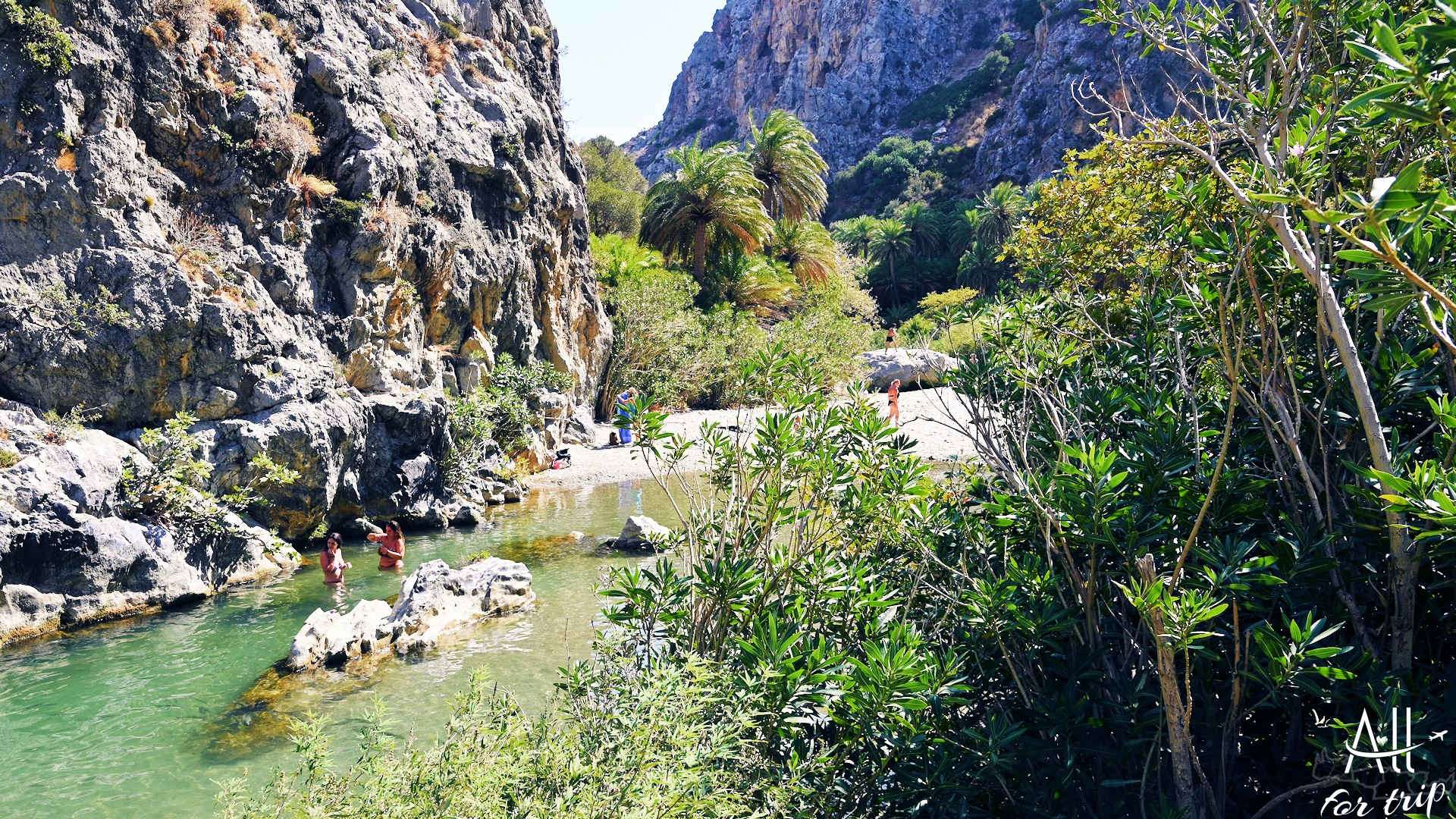
The Legend of Megalos Potamos River
One day Saint Nicholas touched the rock with his five fingers, and water began to pour there: where he touched the rock.
These five springs are fed by the Megalos Potamos River, which passes through the gorge, then it flows into the sea at Preveli settlement.
Therefore, the Cretans built a small church in honor of Saint Nicholas near the waterfall.
Saint Nicholas protects the springs, the waterfall, the river and the gorge, with the strength what he received from God.
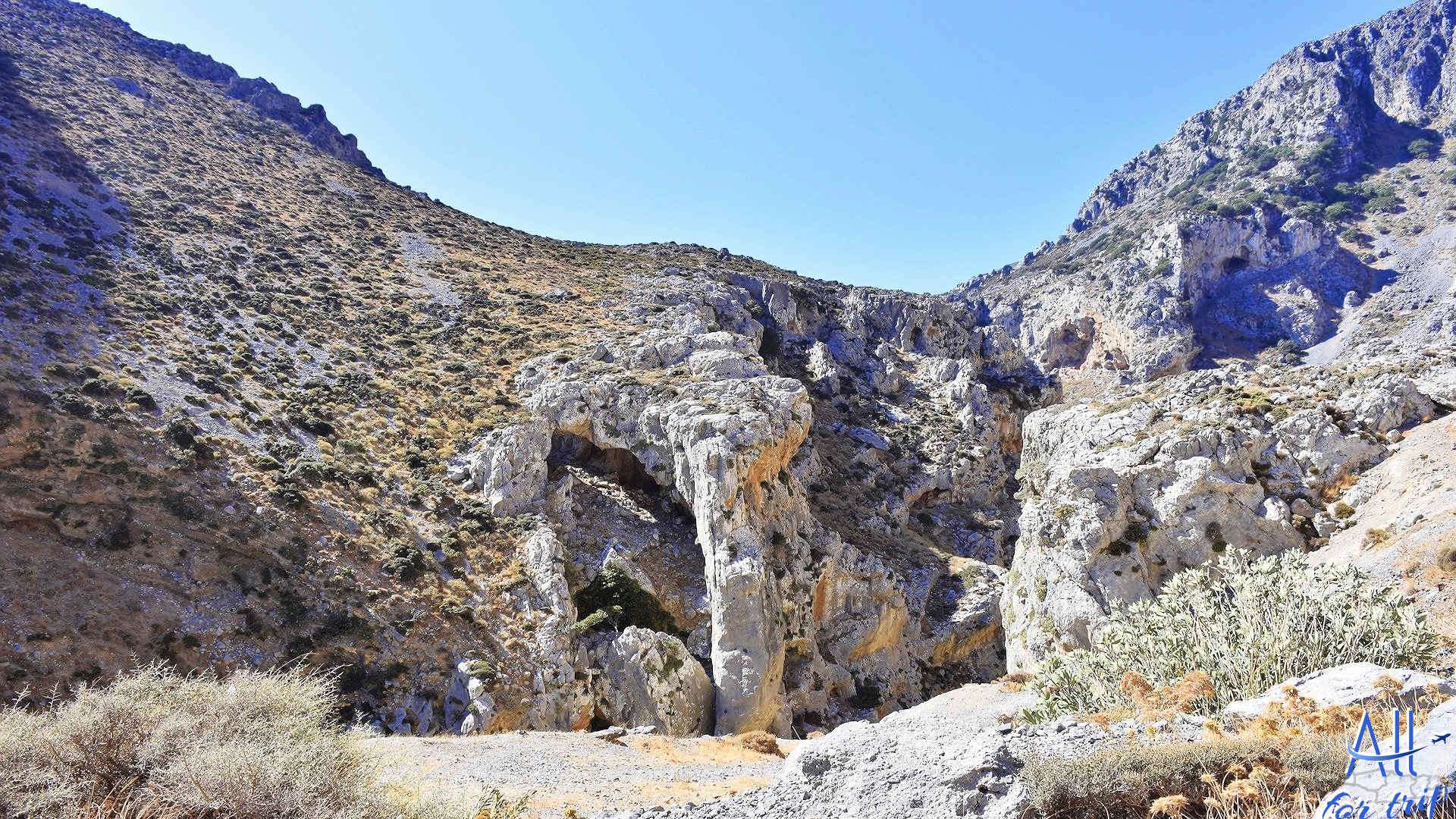
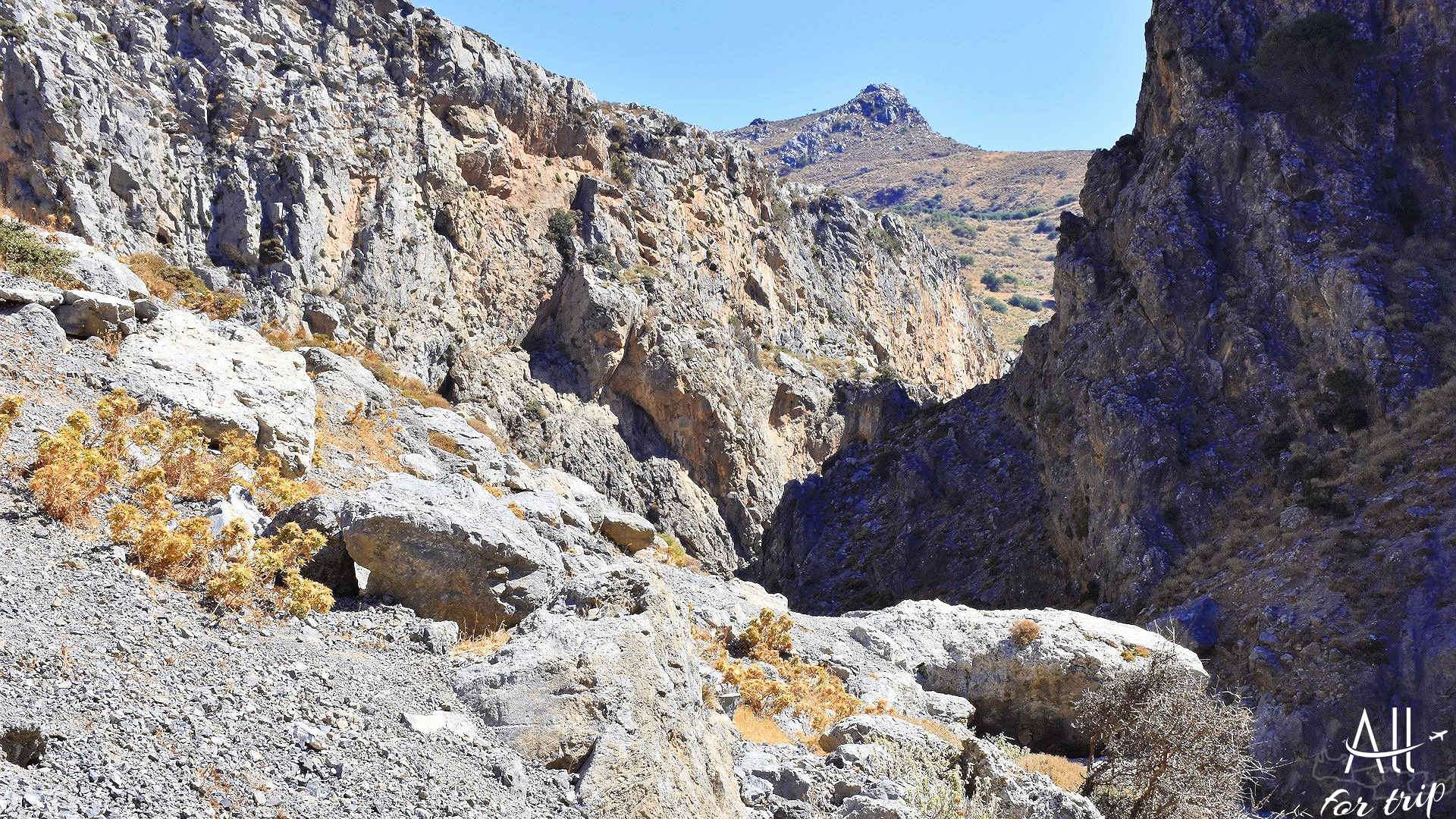
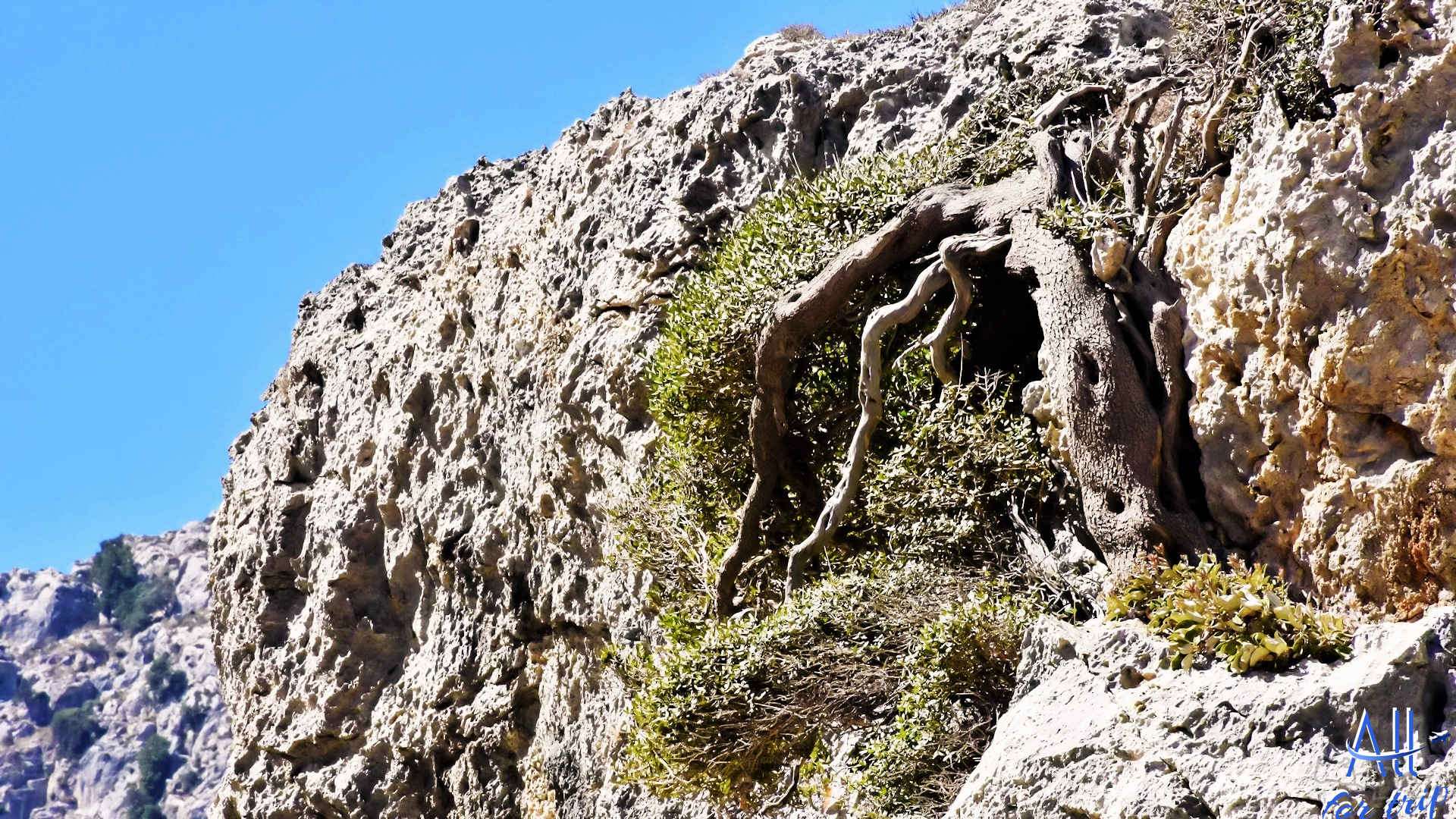
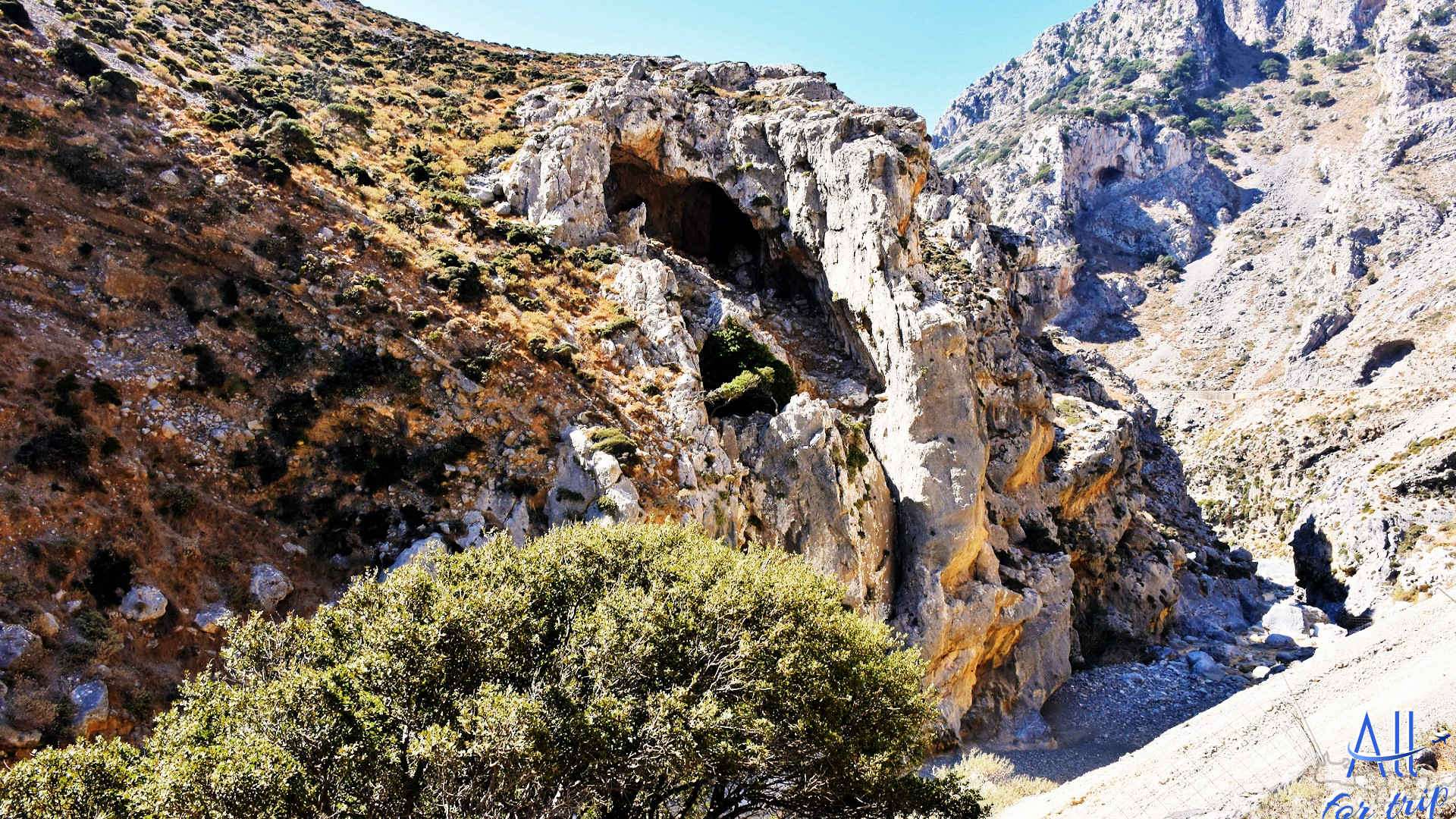
THE SECOND PARKING SPACE: VIEW AND ATTRACTIONS ACCESSIBLE FROM HERE
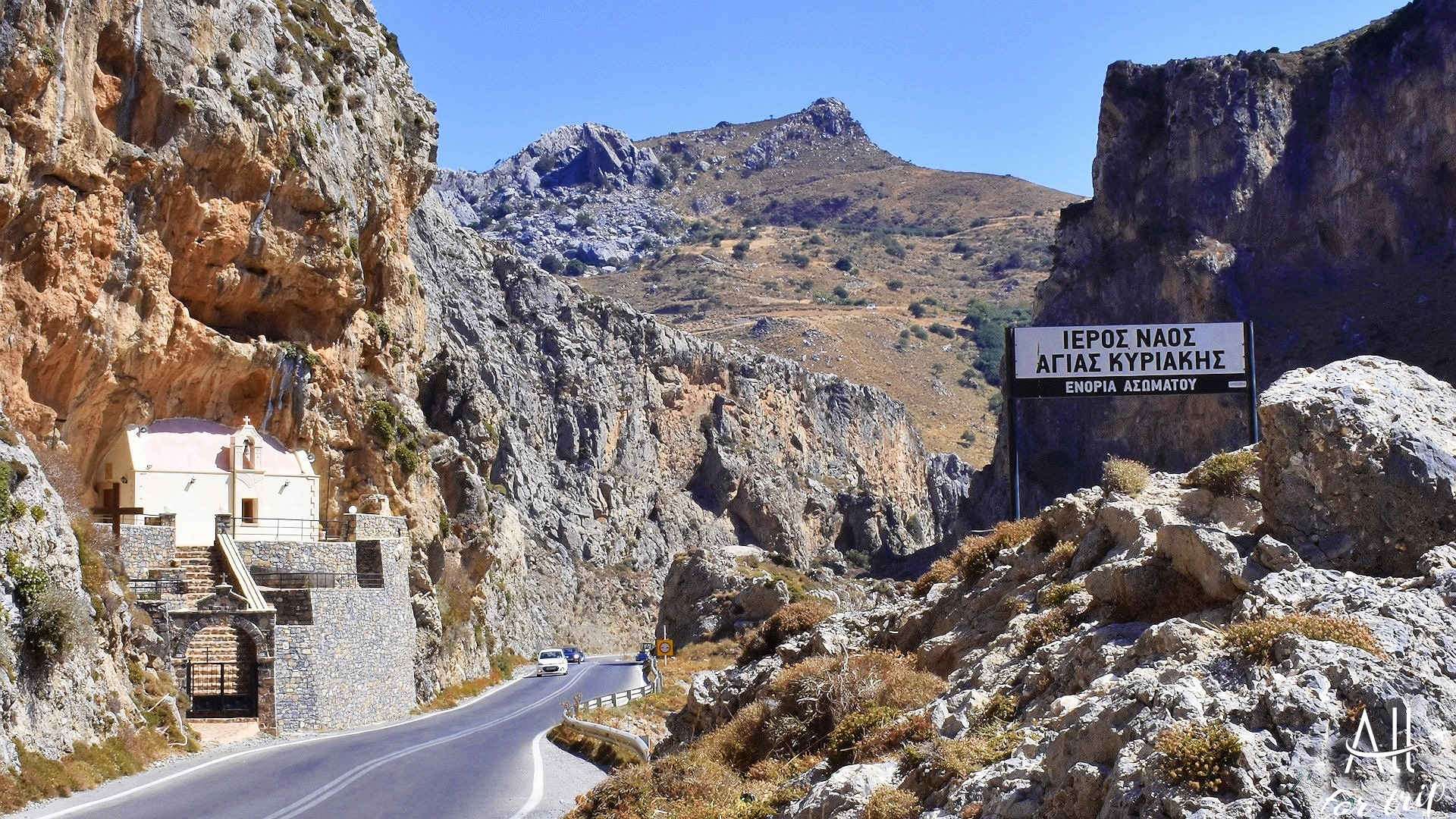
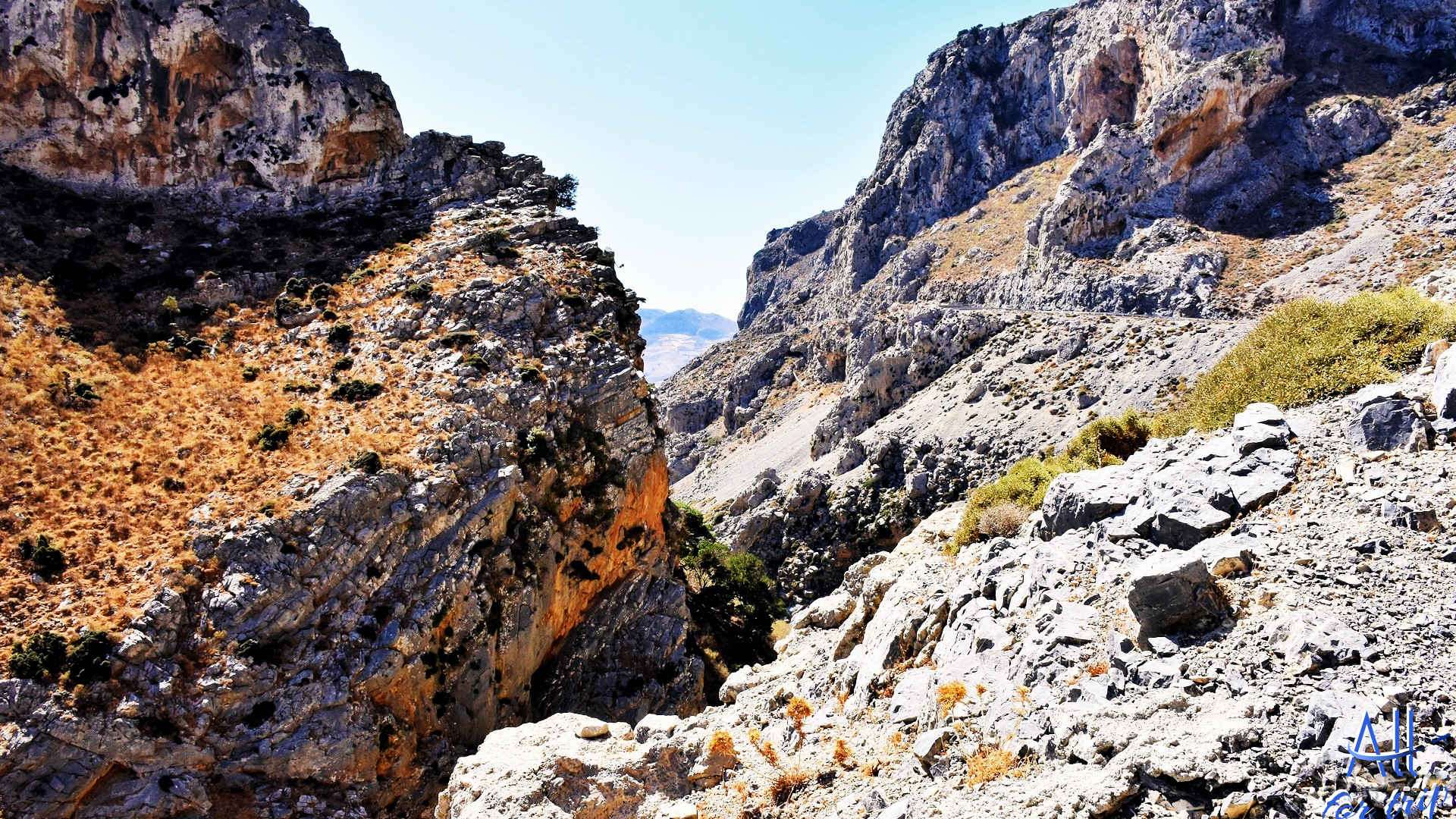
SAINT KYRIAKI CHURCH – EKKLISIA AGIA KIRIAKI
Kiriaki was the child of Christian parents Dorotheus and Eusebia, who was born in Nikomedeia on Sunday, the Lord’s Day. The Greek word Kiriaki means: Sunday.
Kyriaki was already touched by the Christian faith and the love of Jesus as a childhood.
She was a beautiful young lady, and because she came from a rich family, she had many suitors, who wanted to marry her. Kiriaki rejected everyone, and boldly declared: she dedicated her life to God! She is God’s betrothed!
Since she also rejected the judge of Nikomedeia, who wanted to marry the girl to his son: therefore, the judge sued she and her family before the emperor Diocletian because of their Christian faith.
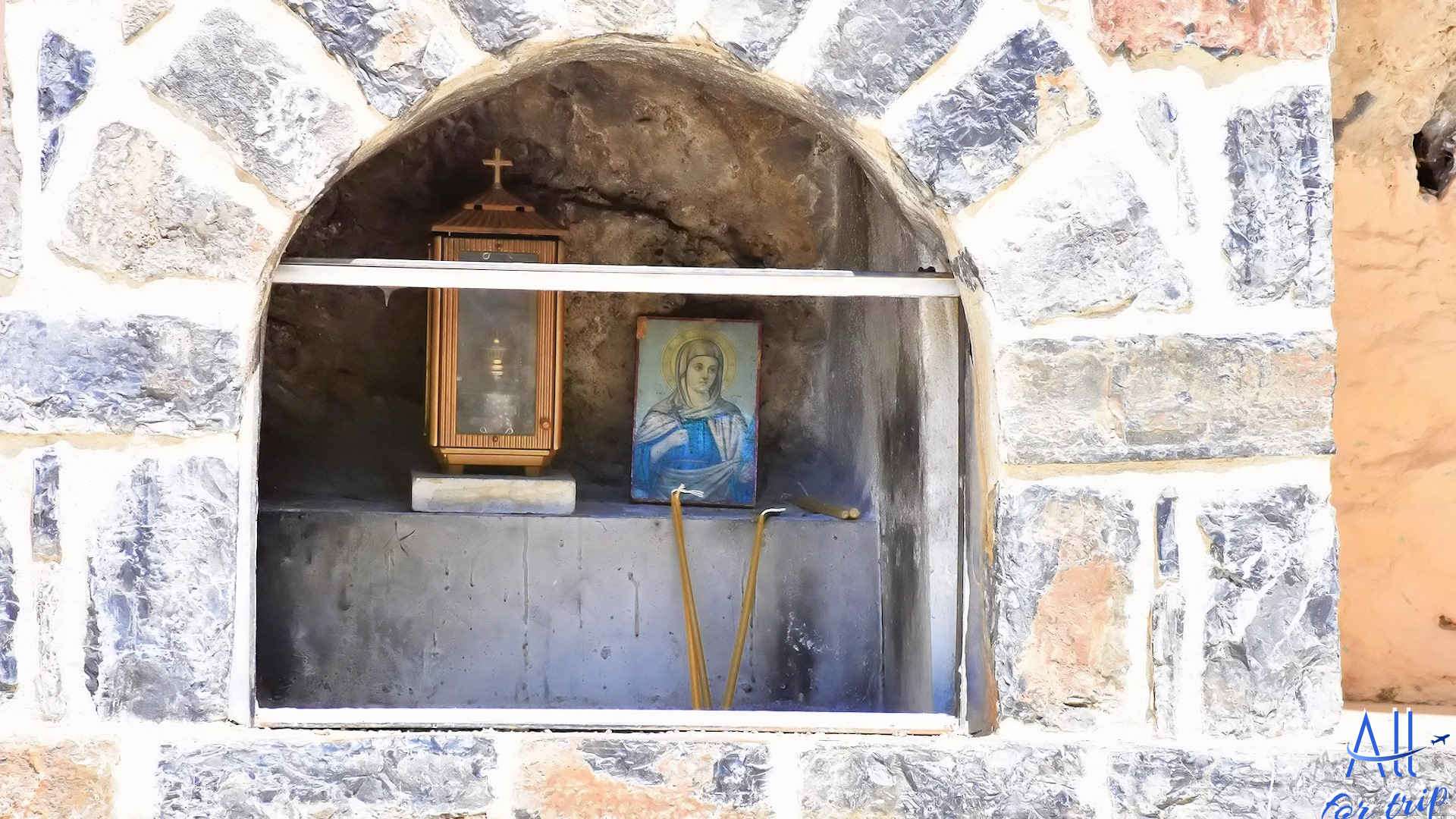
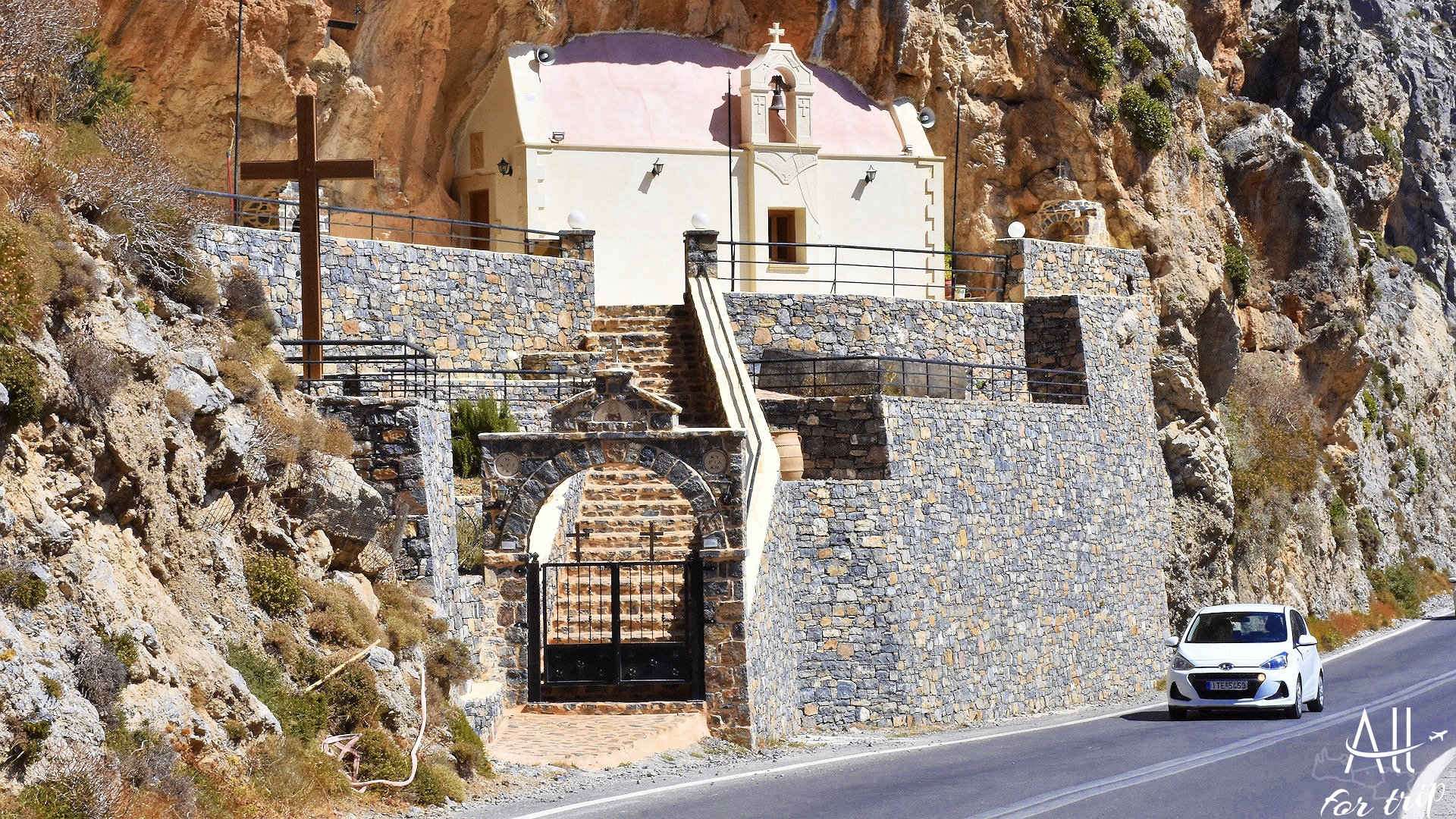
Kiriaki and her family were arrested and imprisoned by order of the emperor: then they were tortured.
Because they did not want to deny the Christian faith, they did not want to worship the pagan gods, so her parents were exiled to Turkey: Melitene.
Kiriaki was whipped several times, suspended by her hair, while the soldiers burned her body, with torches.
In the prison cell, Christ appeared to her, and healed her wounds.
When she was forced to worship the pagan Gods, she prayed to Christ, and God destroyed the temple of the gentiles by an earthquake.
She was subjected to further torture, and martyred at the age of 21.
Her feast and memorial day is July 7 in the Orthodox Church.
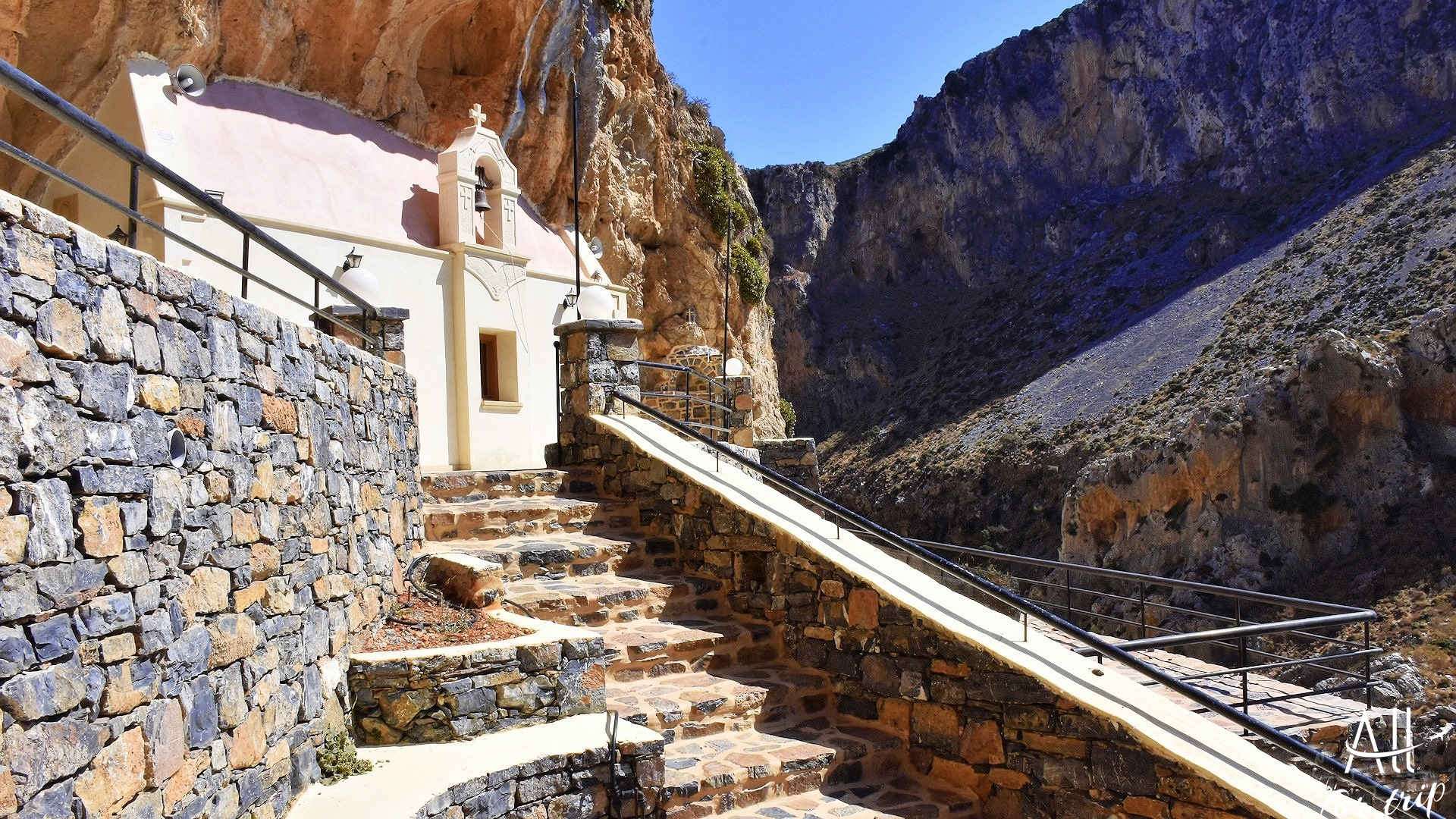
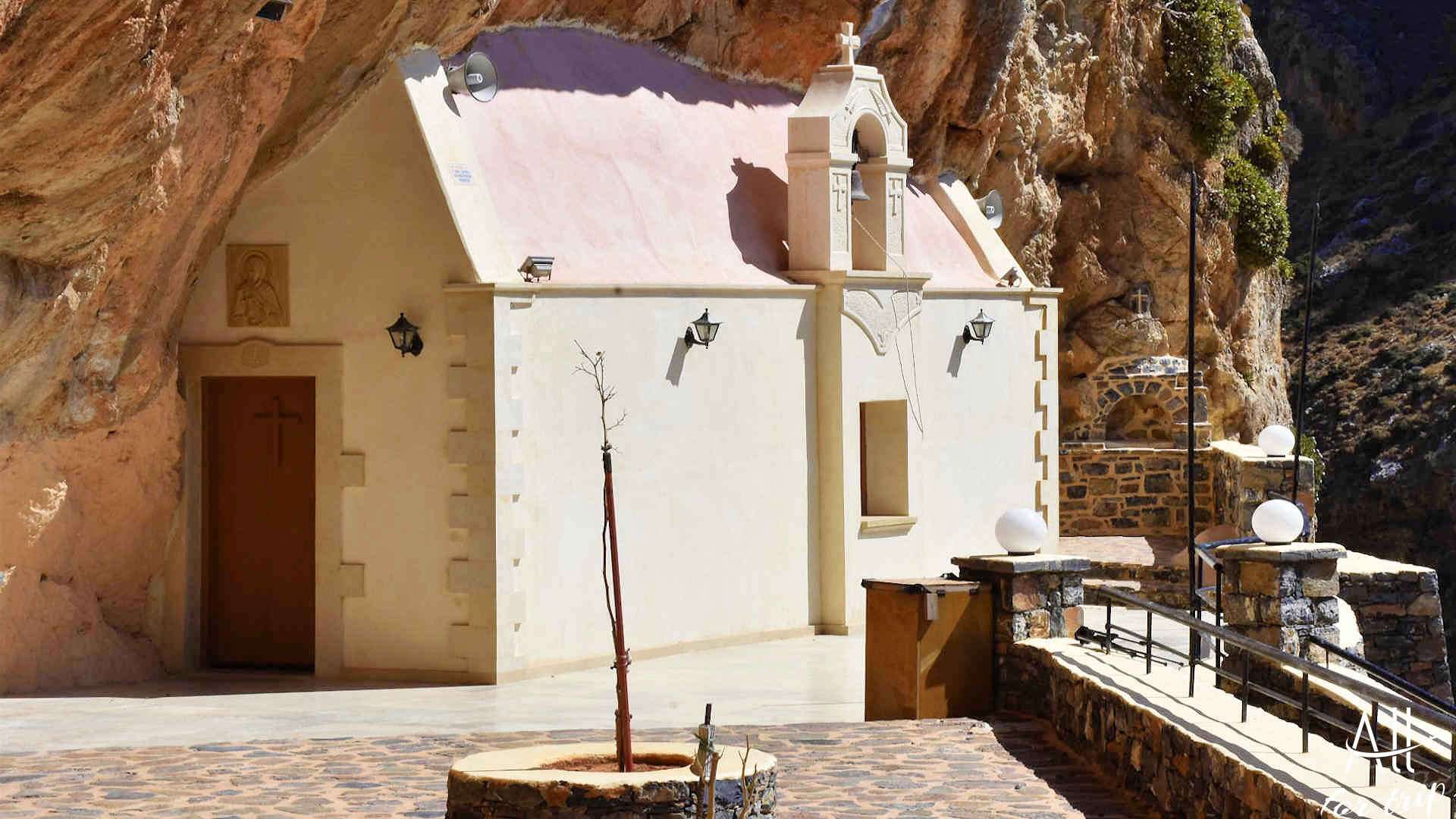
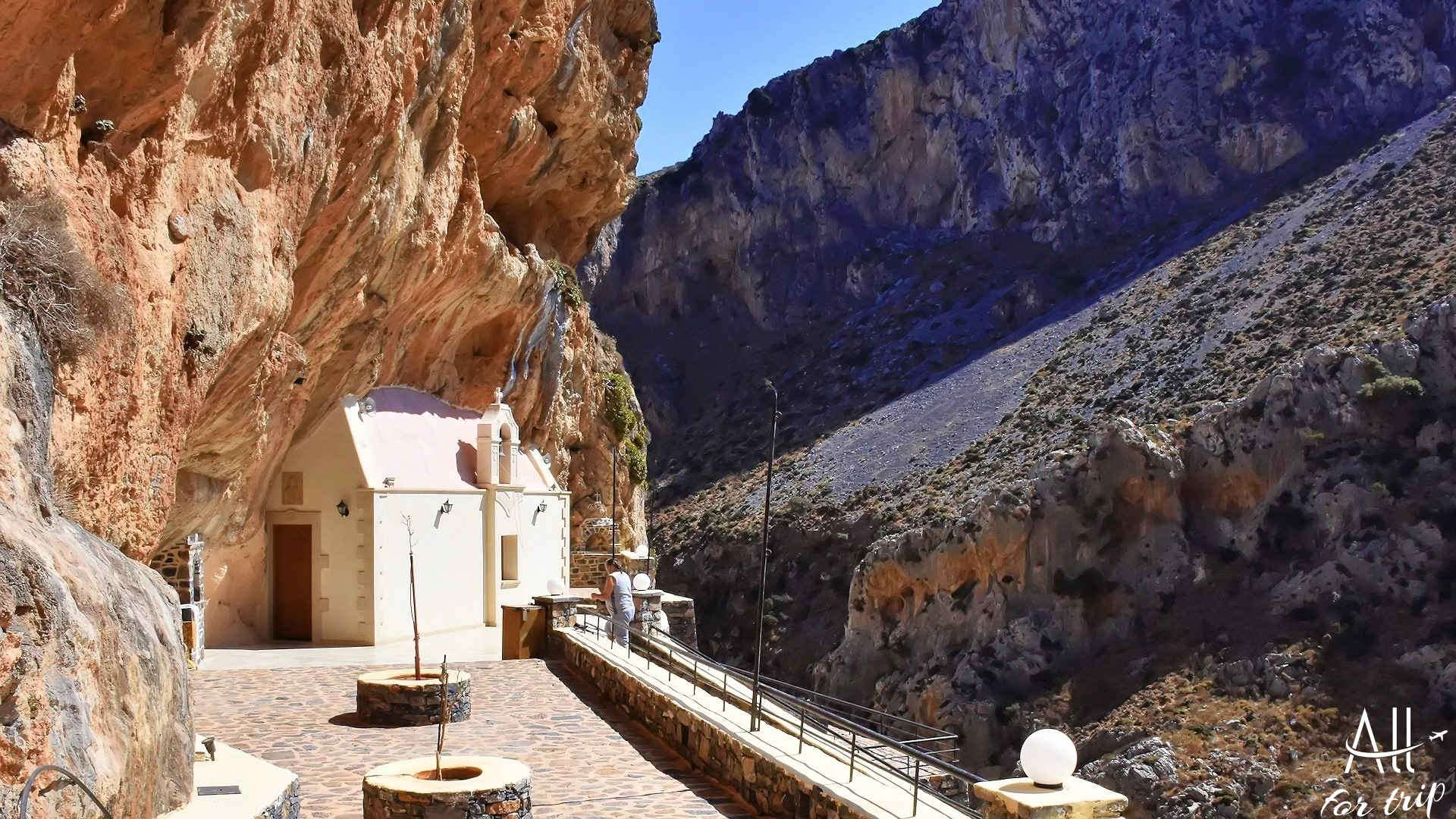
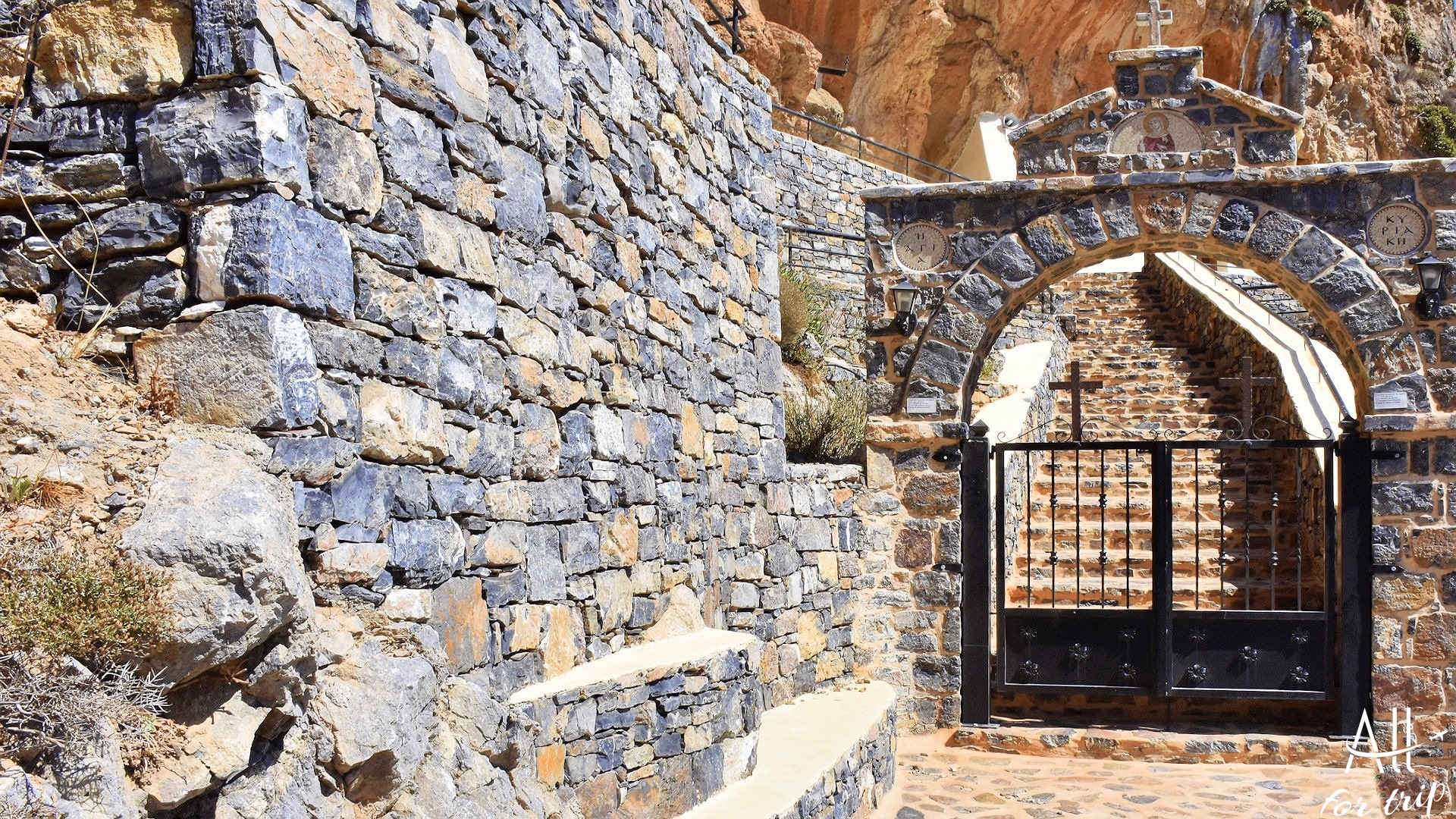
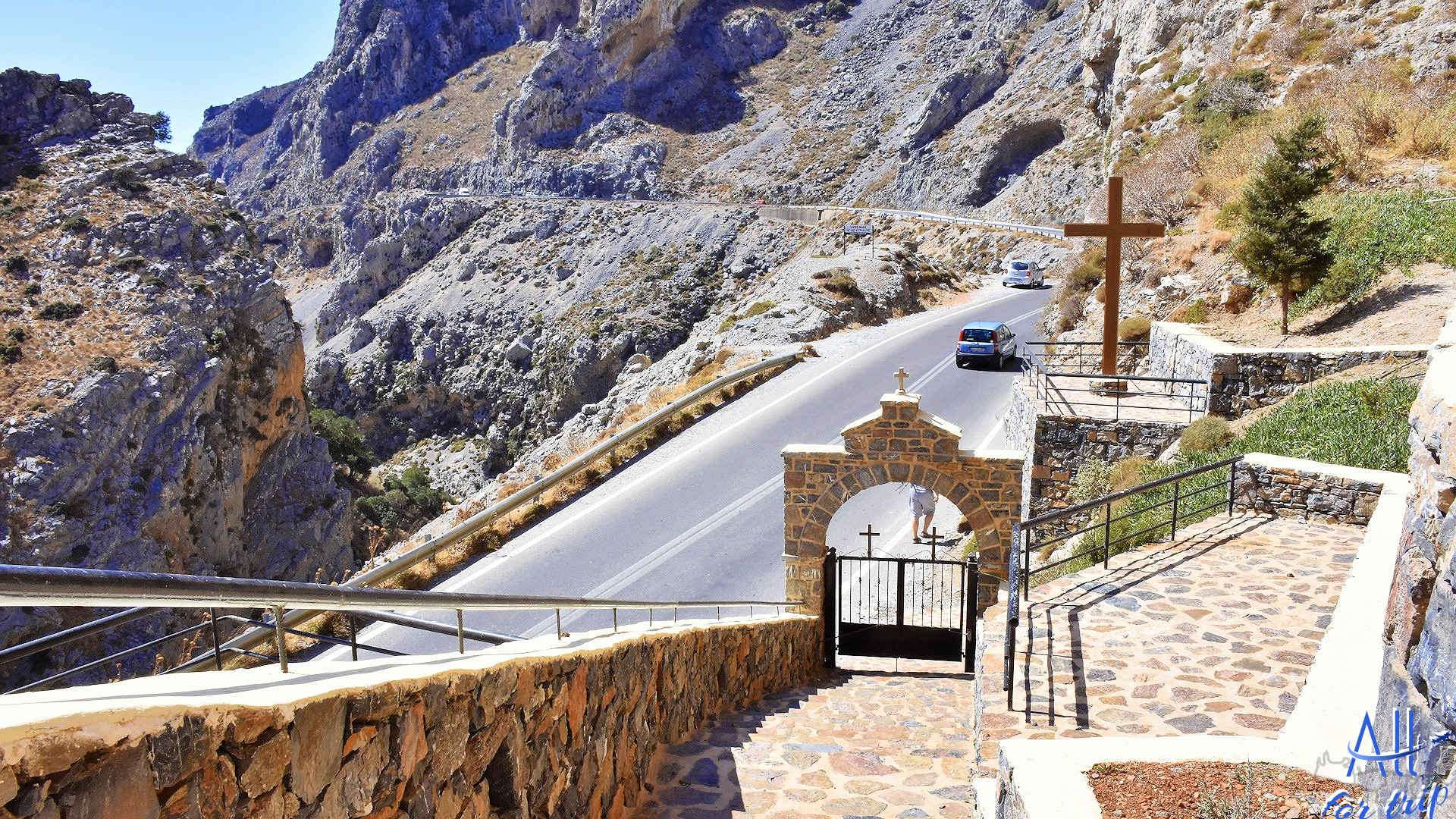
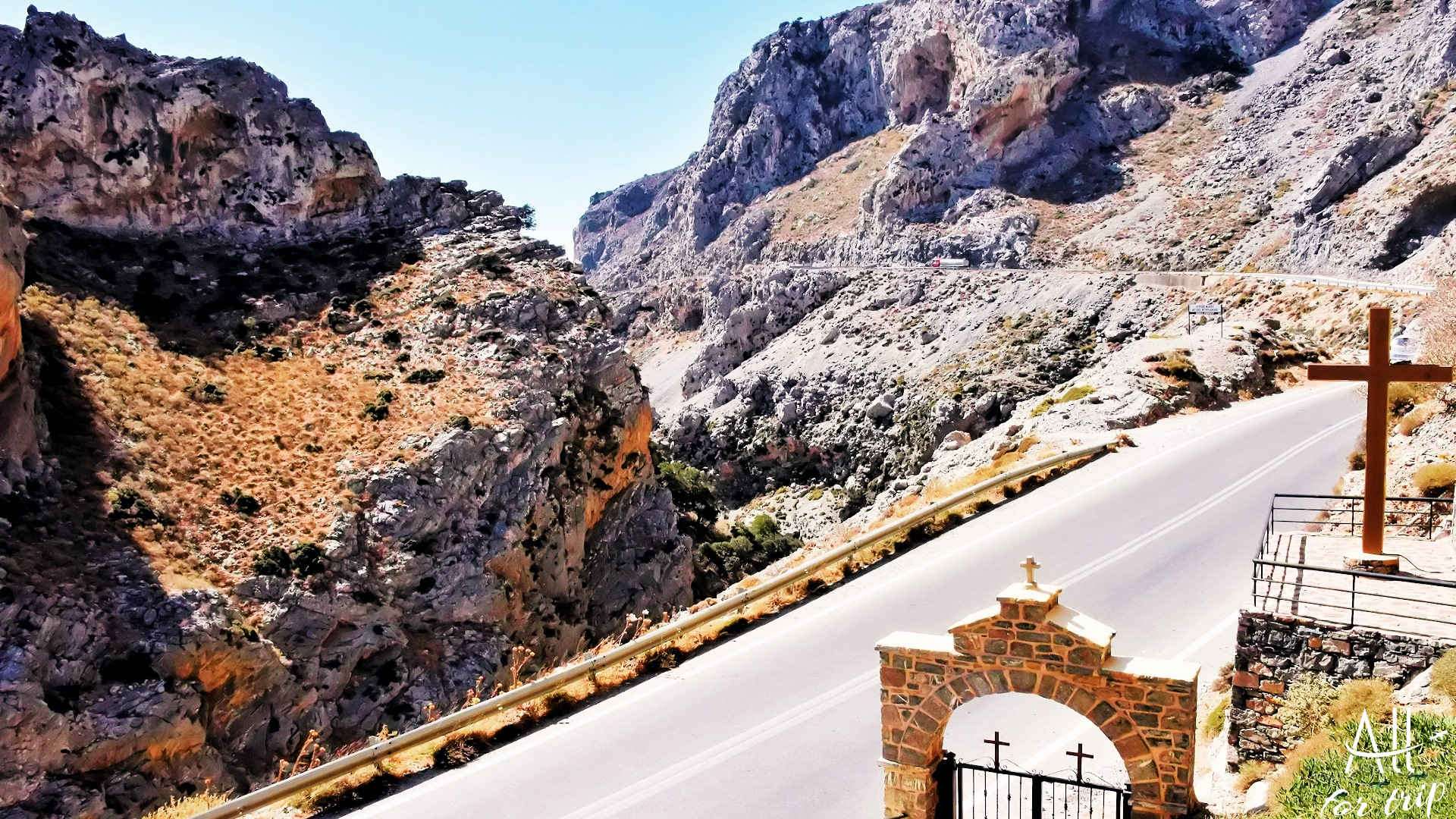
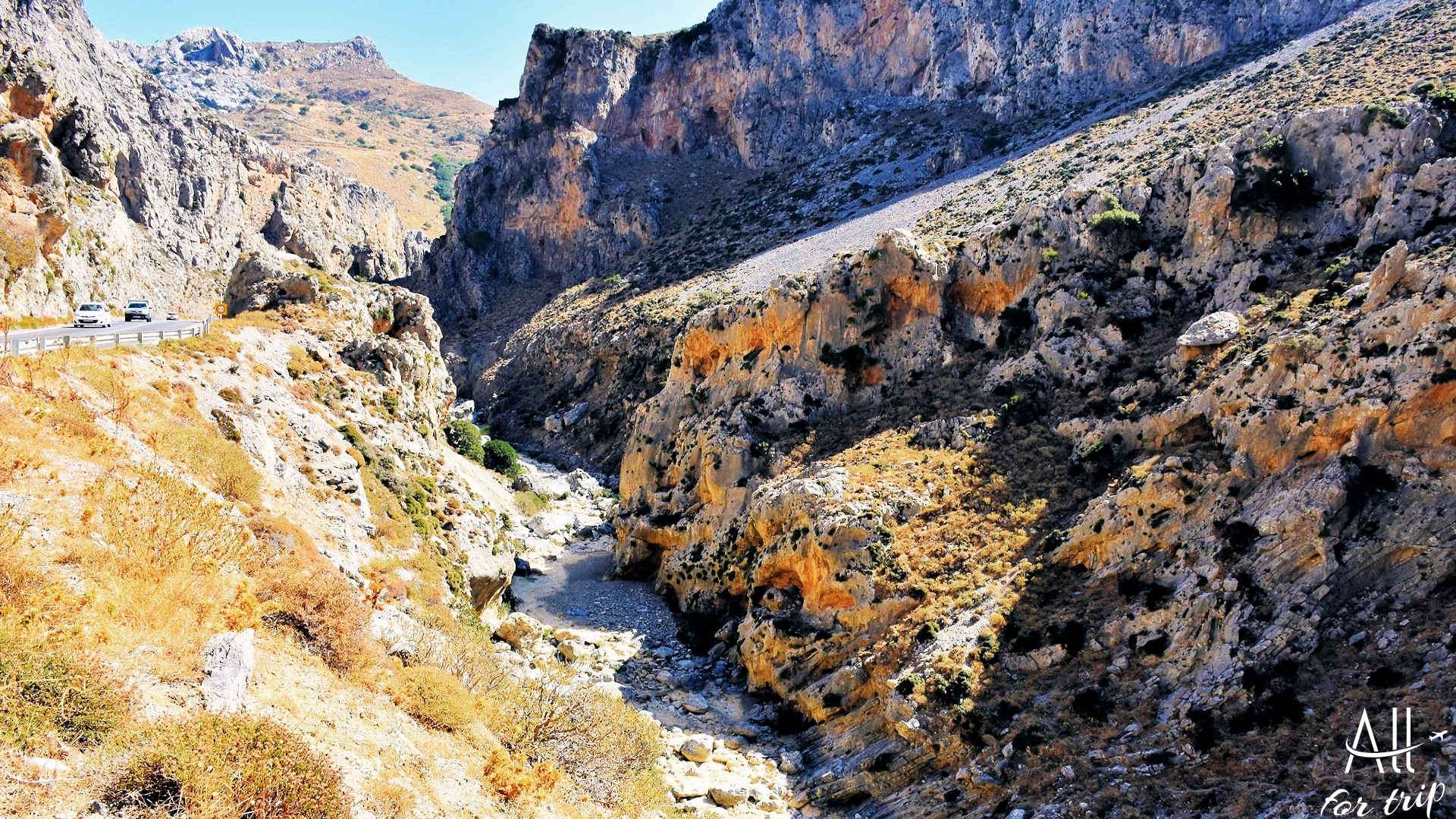
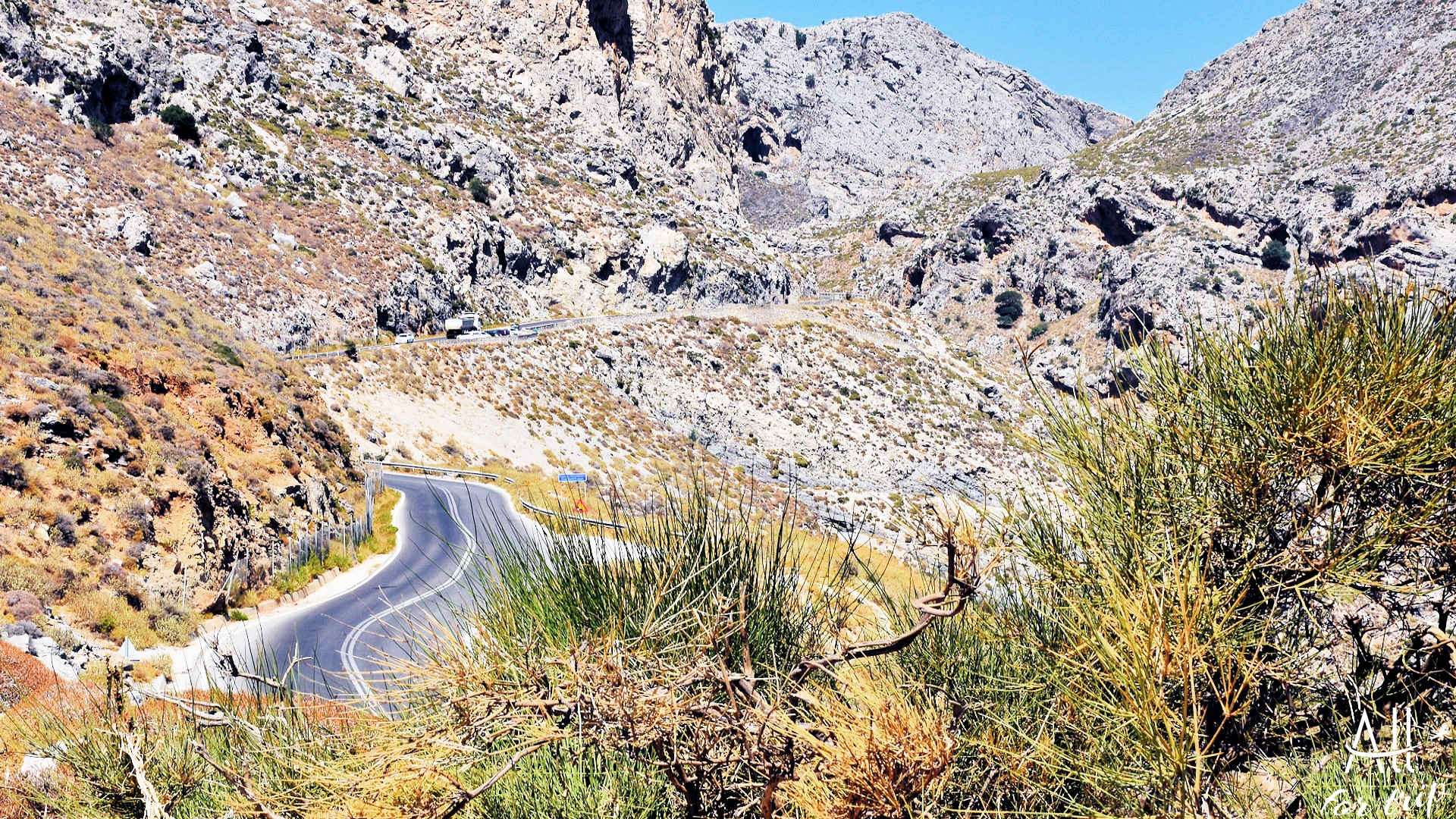
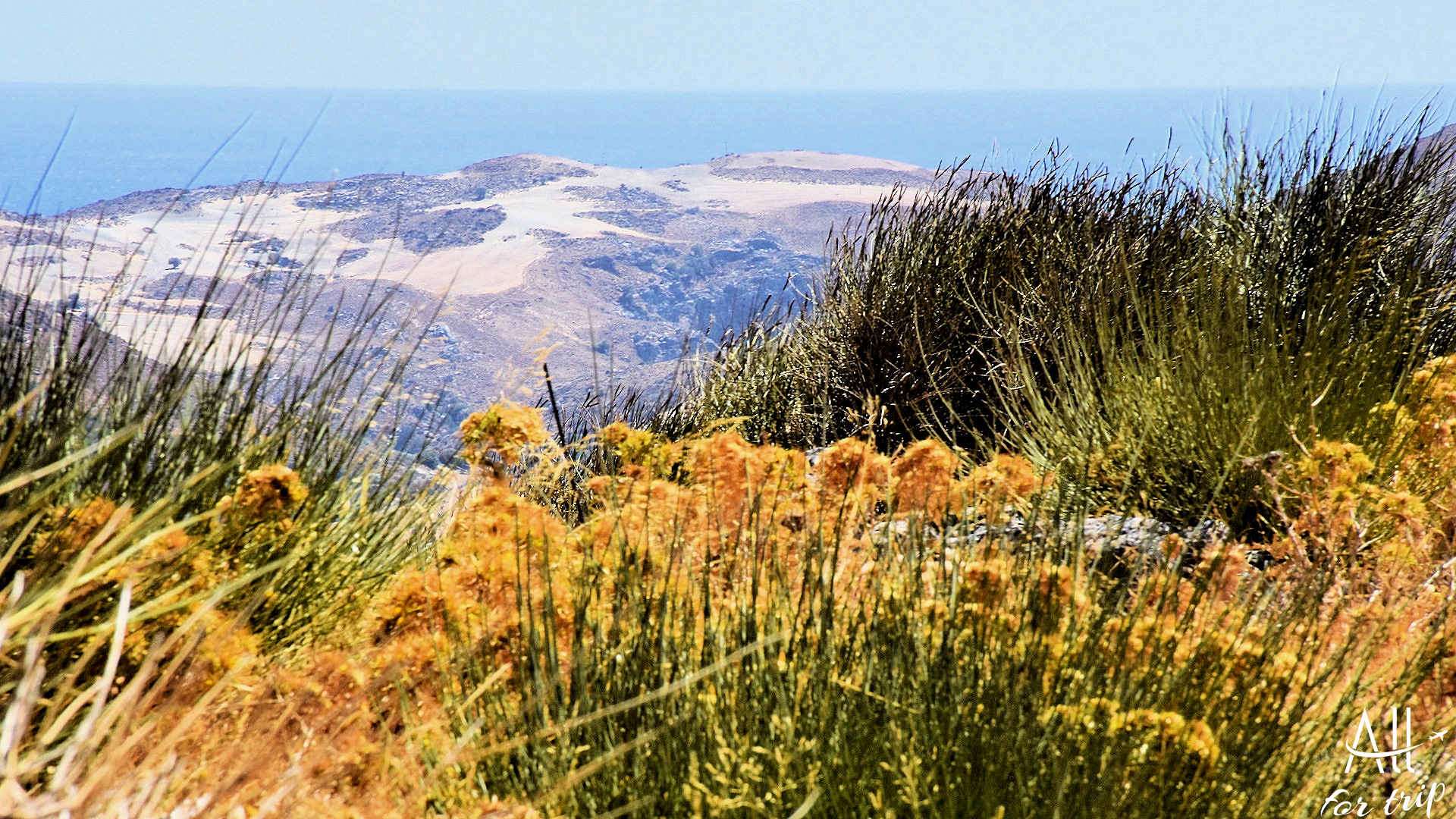
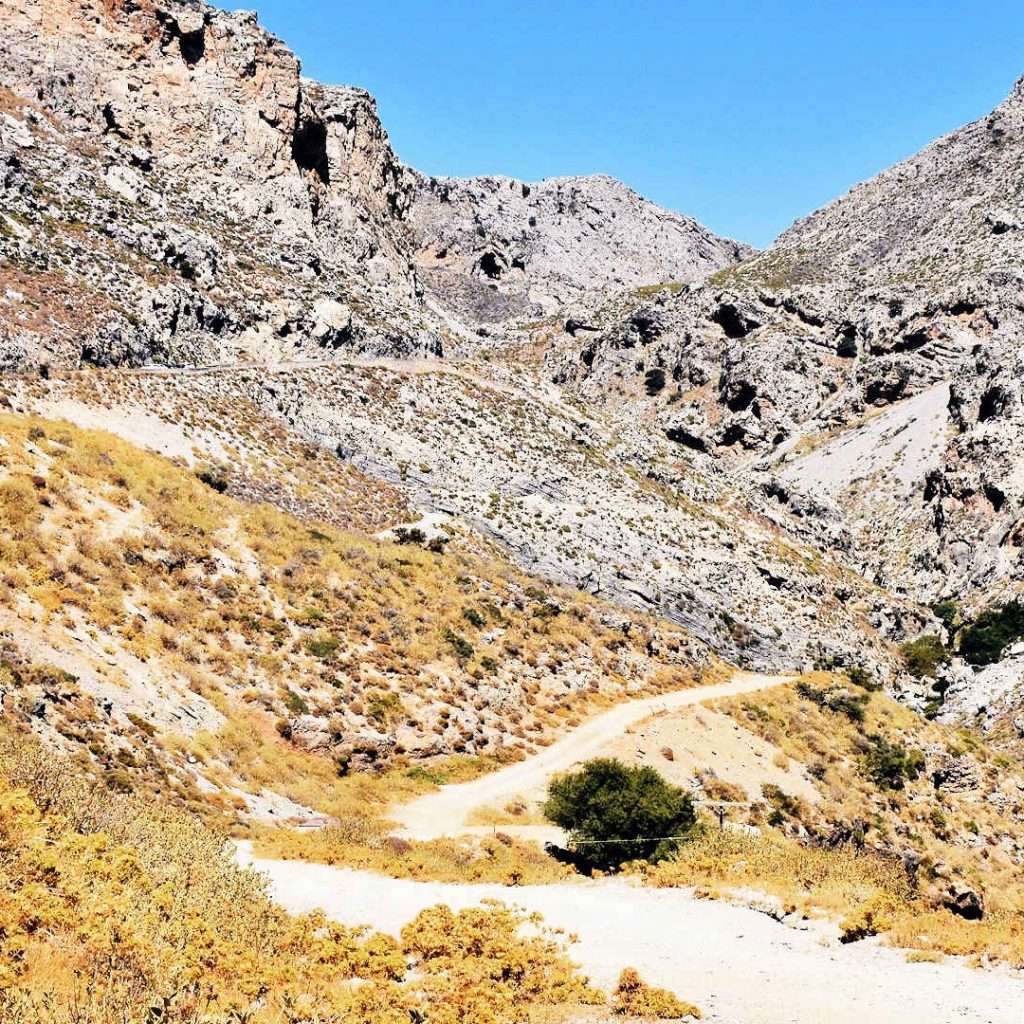
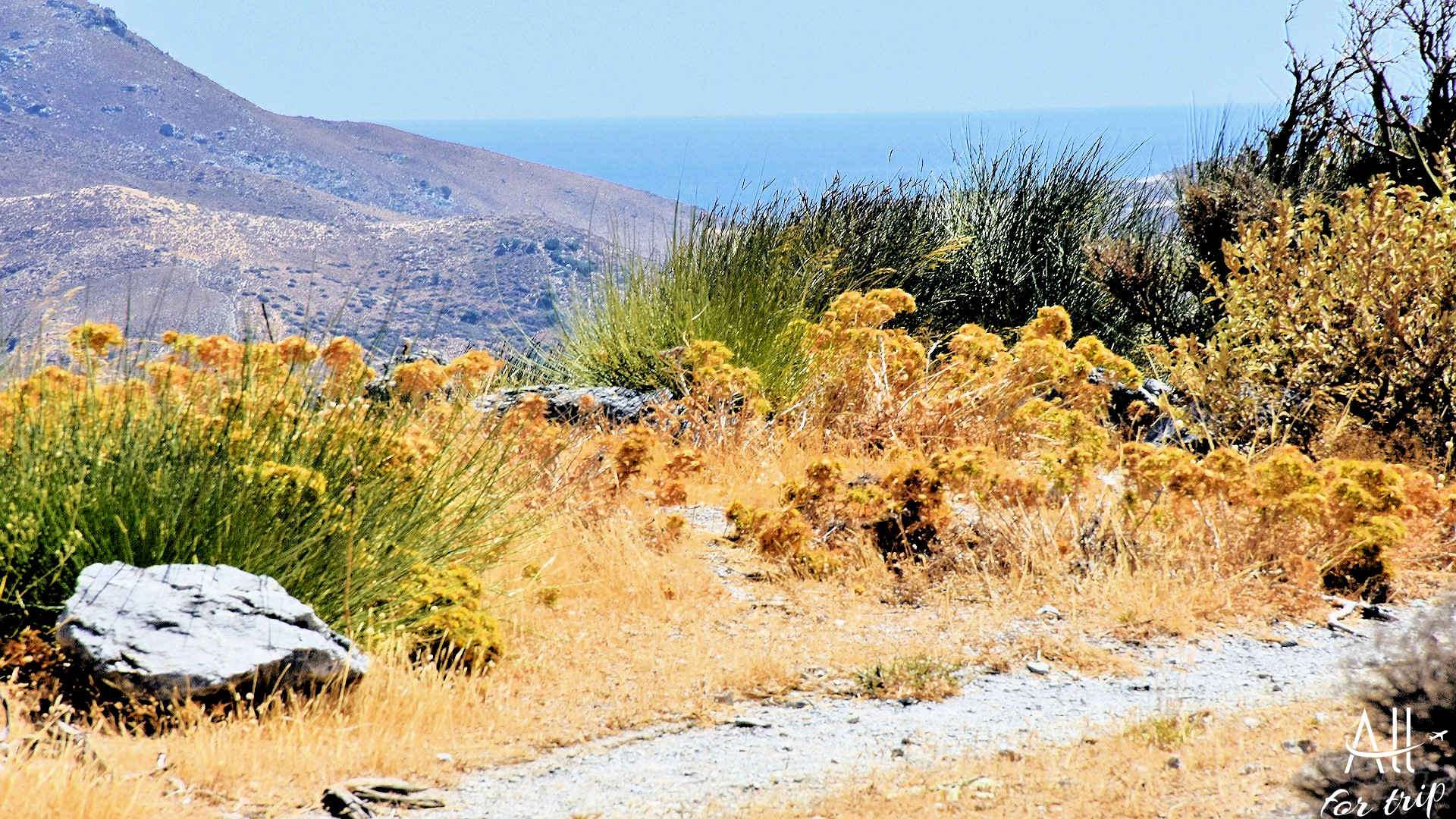
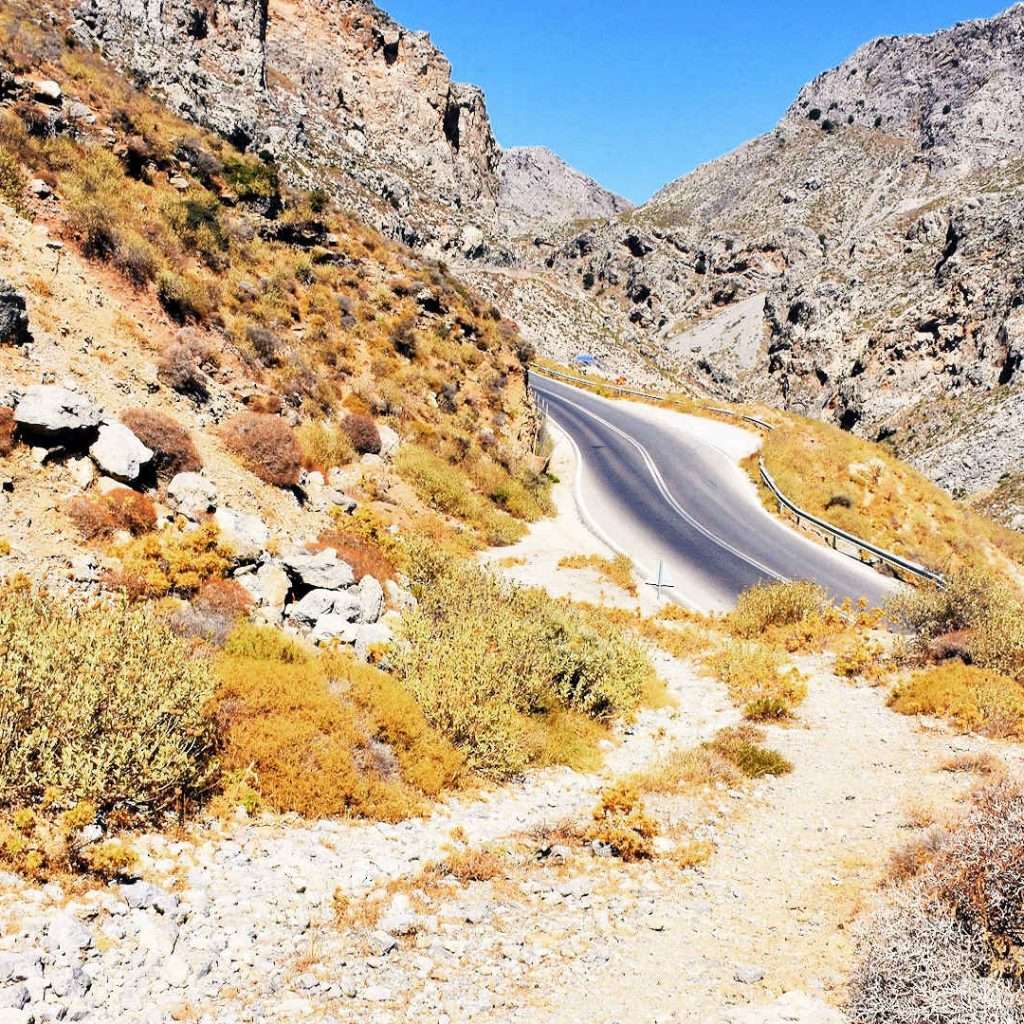
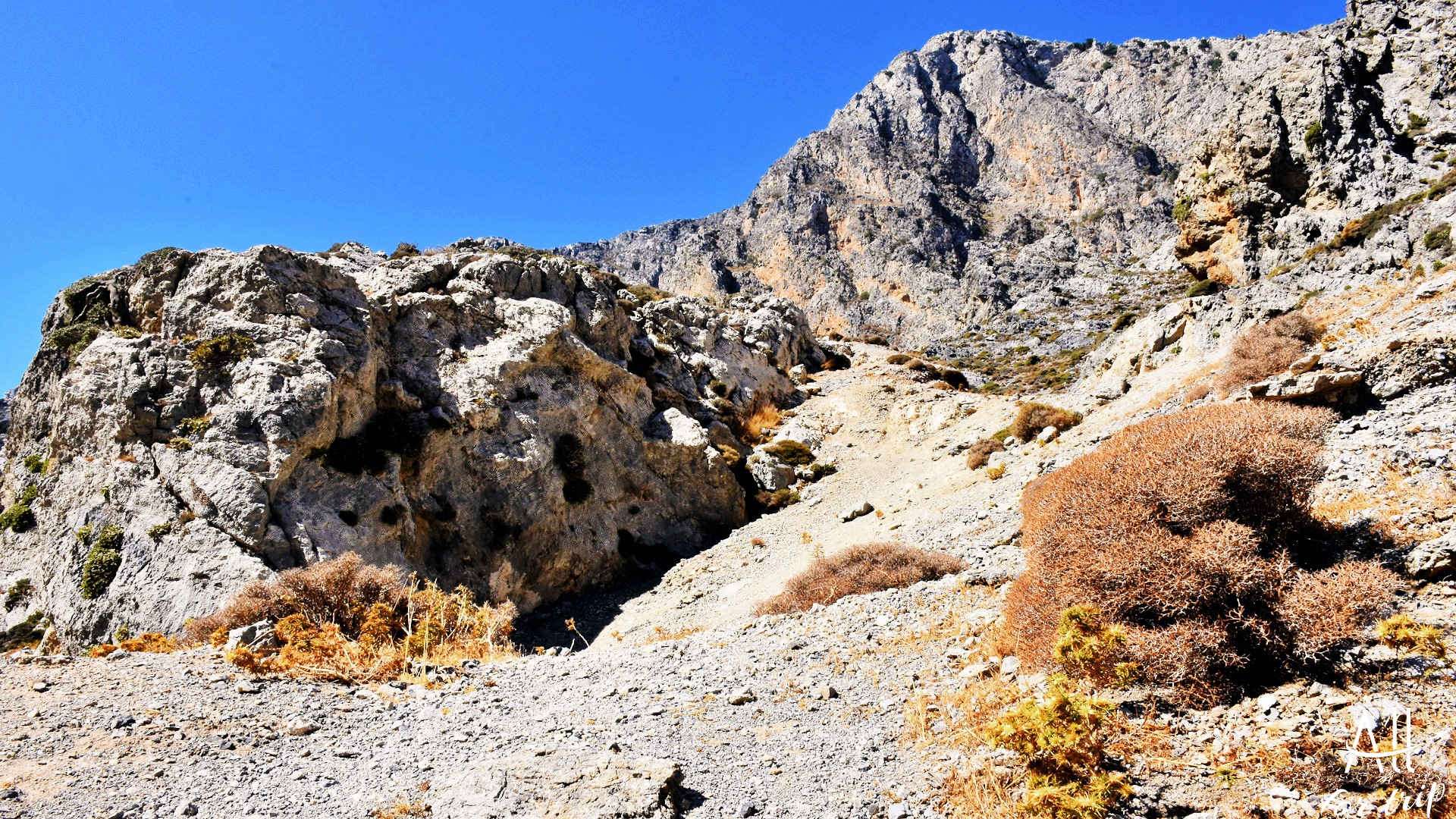
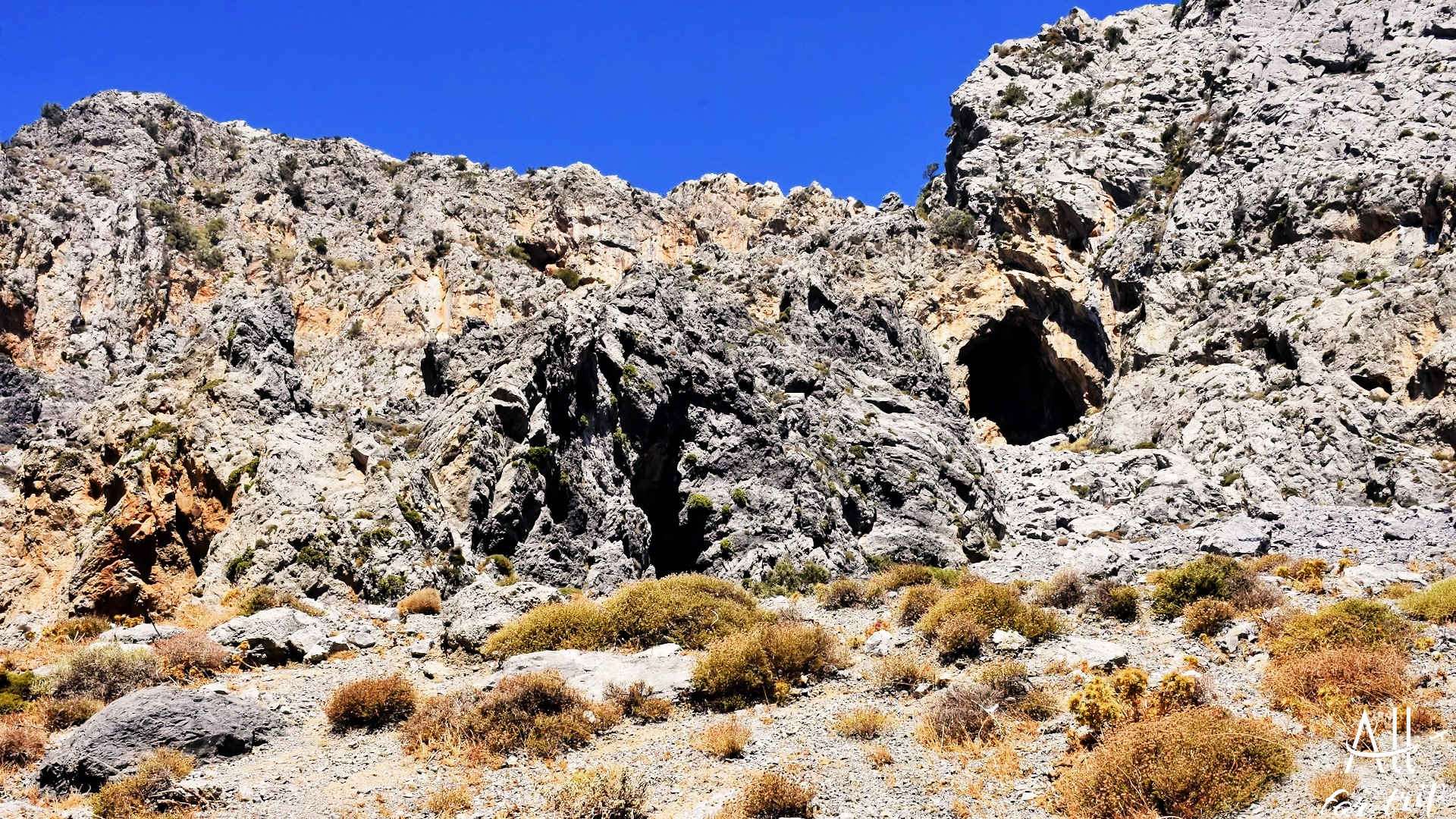
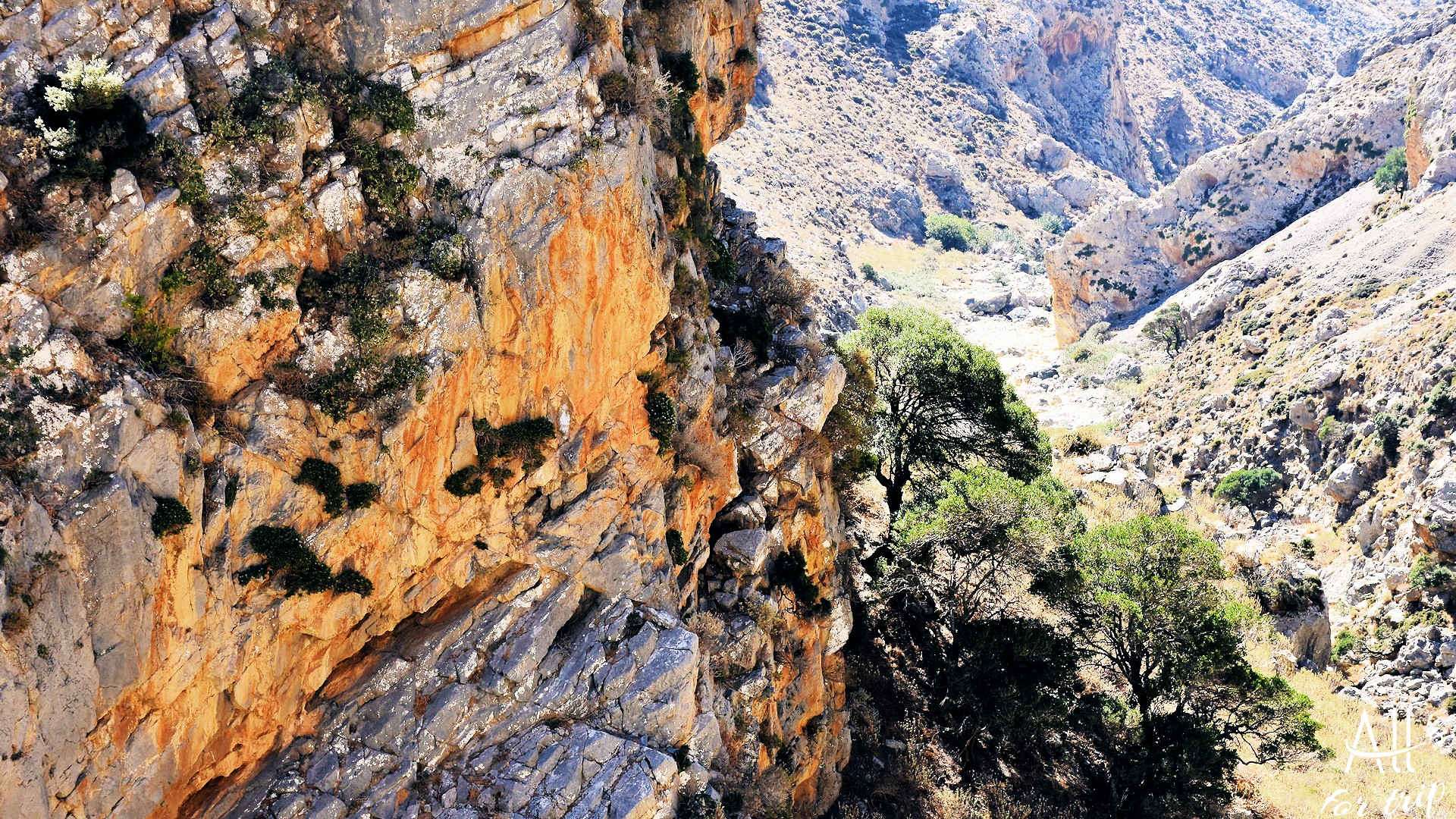

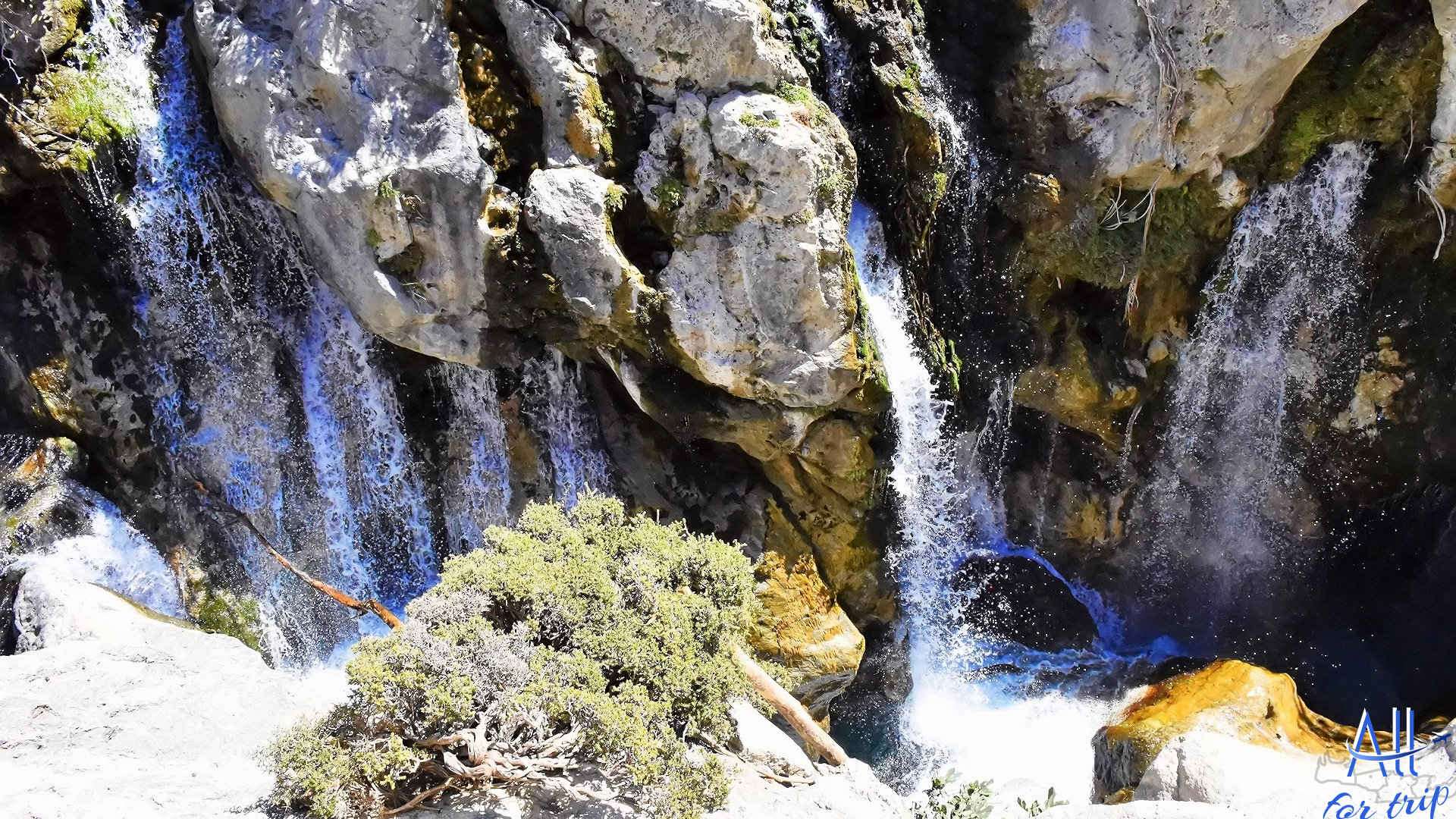
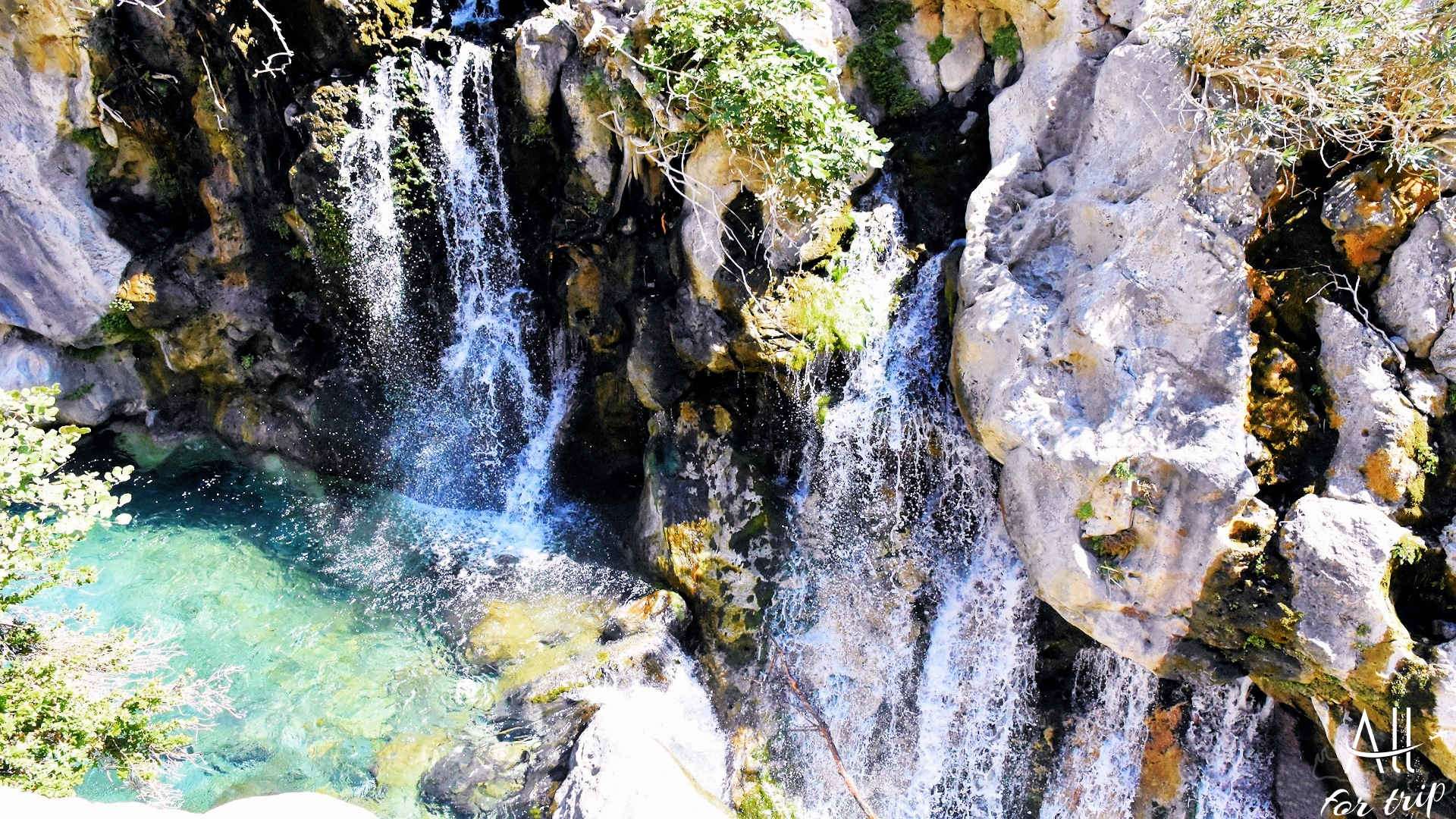

Comment (0)